My third and final shoot will be a projection of colors and lights all over the body and face.
aim:To show a conceptual insulation of color and personality and a vulnerability of exposure to express within themselves,also the contradicting blend of themselves hidden within the background of the piece itself.
edits:
1)To show a vibrancy and blending of colors
2)Transparent sheet with paint to show levels and abstract sense of movement.
3)A blur of movement added.

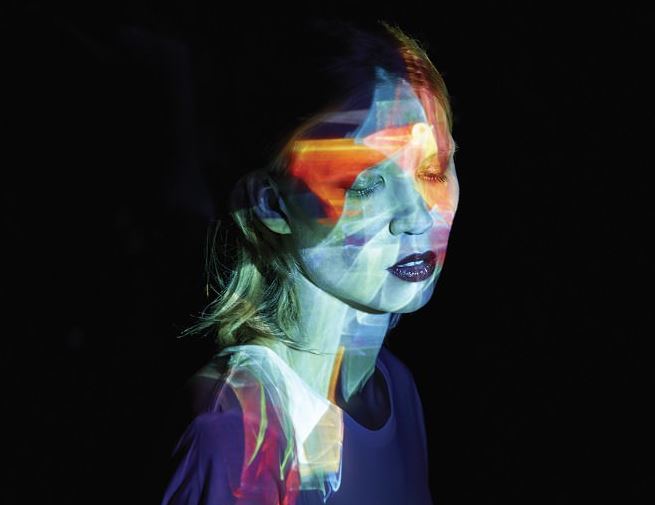
These two ideas of projection ideas allow a vast amount of abstract color and also patterns to form a sense of structure,I chose this because of the vibrancy and how it could possibly be used to reflect a persona of personality within the images themselves.This idea could also be furthered to cover and or hide the persona within the light,this can be used to present the destructive idea that they are not seen or perhaps the environment surrounding them is always moving and creative and they themselves are purely an observer.
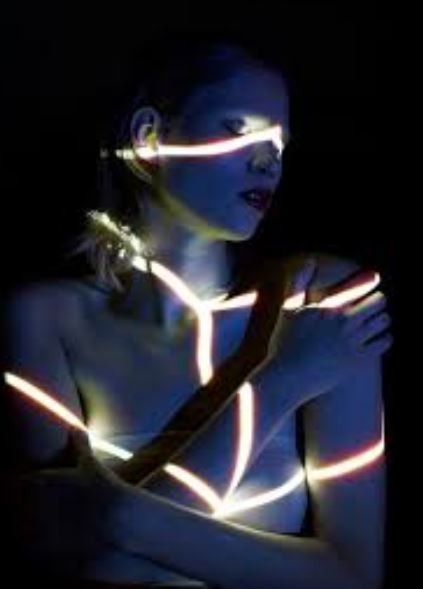
This idea is highly surrounding more structure and form,much like my previous artists it suggests rope and being tied and constricted not knowing of how they are and or made it be,furthermore the structure highlights and enhance certain specific arts of the face itself. These pieces also always have an interesting angle to the piece itself,to further presents and over exaggerate the use of the light,this is interesting because the position being highly centered and not free connotes their body attitude and as low sense of esteem. 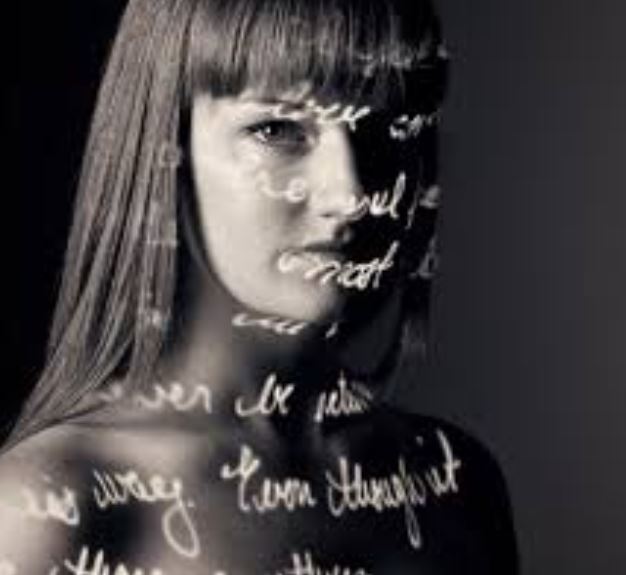
This idea allows writing that symbolizes the persona and what they the,selves inside are feeling,this suggests their suffering and journey as to what they are going throughout,this can also be used to develop more tonal work within the portrait.
An additional artist who uses the projection technique was: by Lee Kirby. who’s project is called ‘pro-ject’ and is clearly surrounding that of projection onto the body,he was inspired throughout when he grew up to become a passionate painter, with large influences form his mother.he then continued to study fine art in Norwich ,
His way of working has always interested me, creating a painting that resembles a photograph. Richter focuses on photographic techniques when painting, even down to how photographic paper has a sheen to it, which he uses in his work.After finishing a Fine Art degree I started to study photography. Three years ago I had the idea to try and work like my hero Richter but in reverse, this is when Pro-ject was born.
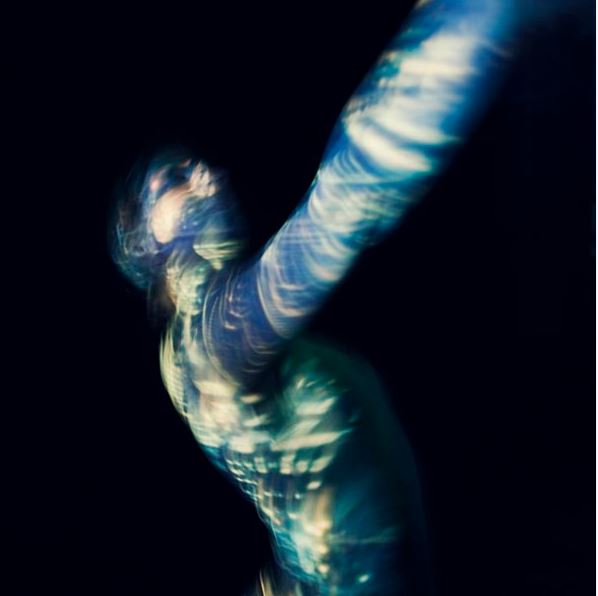
within this image I really love the The composition of all of the images, the colours used, the placement, everything. You get a real sense of movement and emotion when you look at these images even though you do not know exactly what they are trying to represent, through the composition, body language and imagery projected, you get an idea.I was inspired by the way in which he uses light and creating the movements within the piece itself,it shows a hidden figure that is usual’s moving in a highly creative format perhaps trying to leave the lack of identity that they are currently within.This is my favorite image due to the blurred movement,and also how the color is so vibrant and how this presents the idea to be freeing but still unable to see a face.The color only attaching to the body and not the background is also interesting because it allows a direct contact and vision of the project purely surrounding the human form and lack of it.
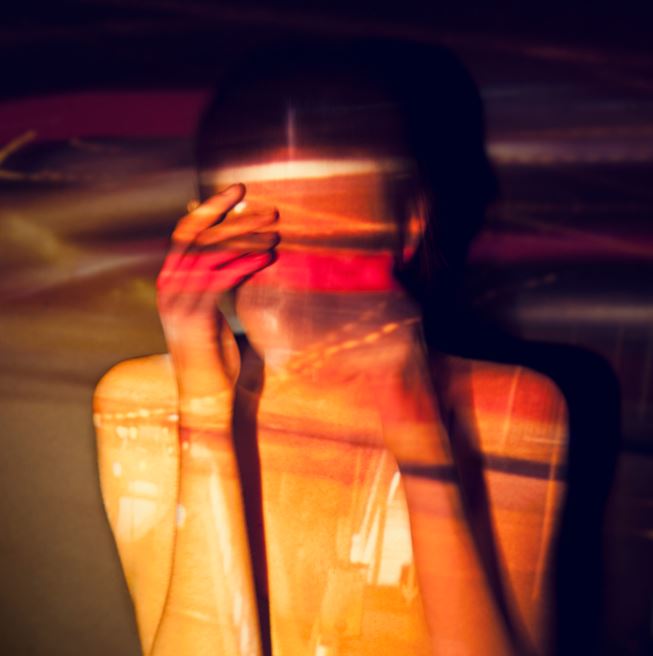
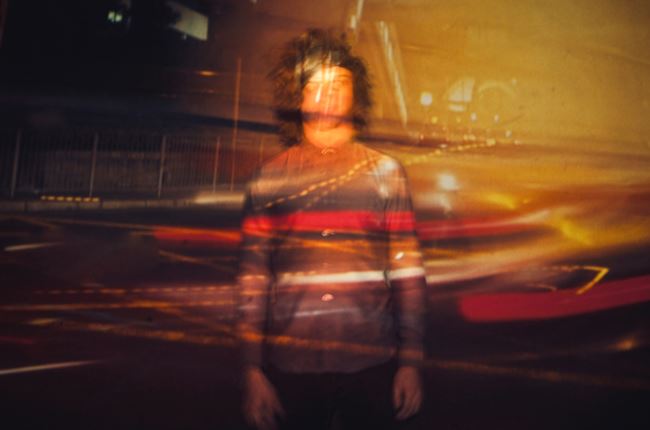
These images are very inspired by cars and a slow shutter speed attracting light shown over the top of the persona to symbolize how they are always ignored and again showing the technique of blending him into the background of the piece itself.
So overall I want to experiment within the lighting to cover everything and then develop it to form the conceptual concepts of illuminating a persona underneath and such.
best images:


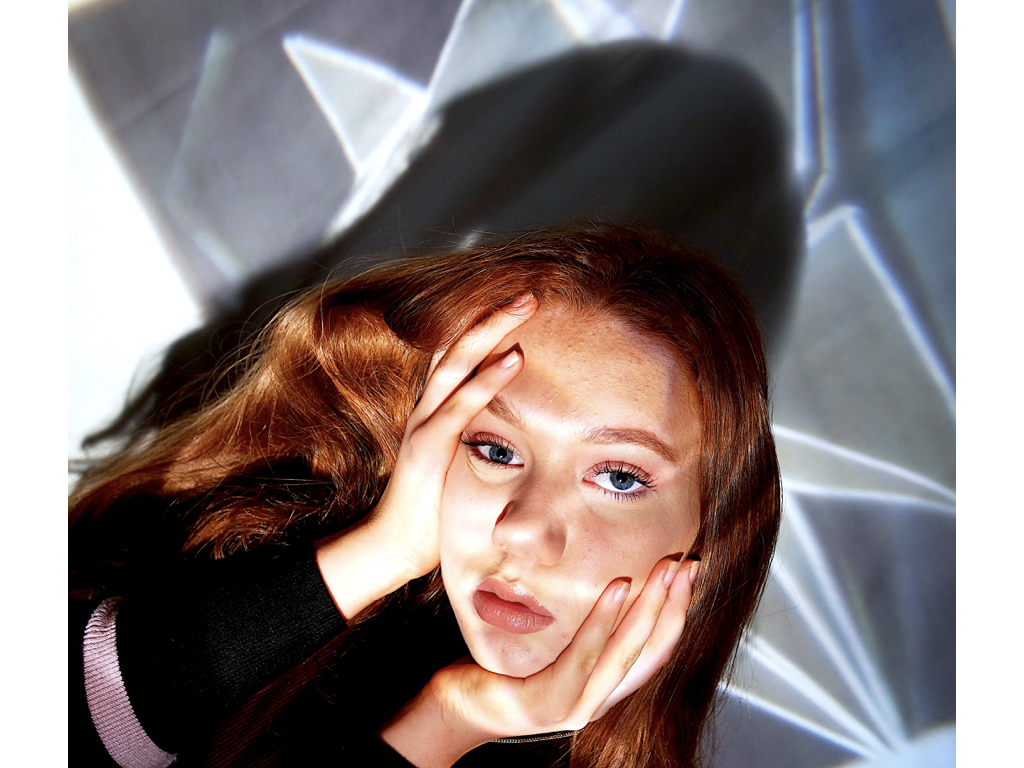


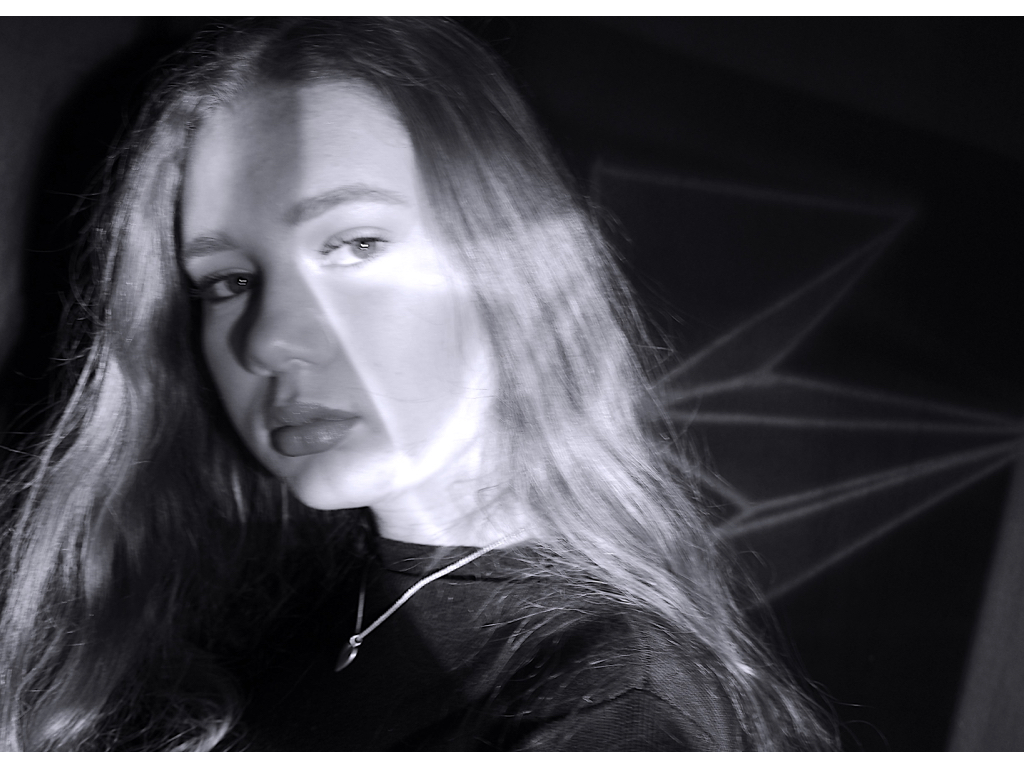
For this section I used an image of a strong vibrant 3d shape in order to successfully show highlight so lines segregating the face into pieces, used to symbolises either e rope of constraint or a sense of dazed confusion and categorising of people.




For these images I used a vibrant sheet of paper in order to show an almost space theme of colour over the face,This reflects a vibrant persona to which they do not share with anyone or how the space is used to denote a vast mass of unused space so showing a lack of knowledge as to what their identity really is.


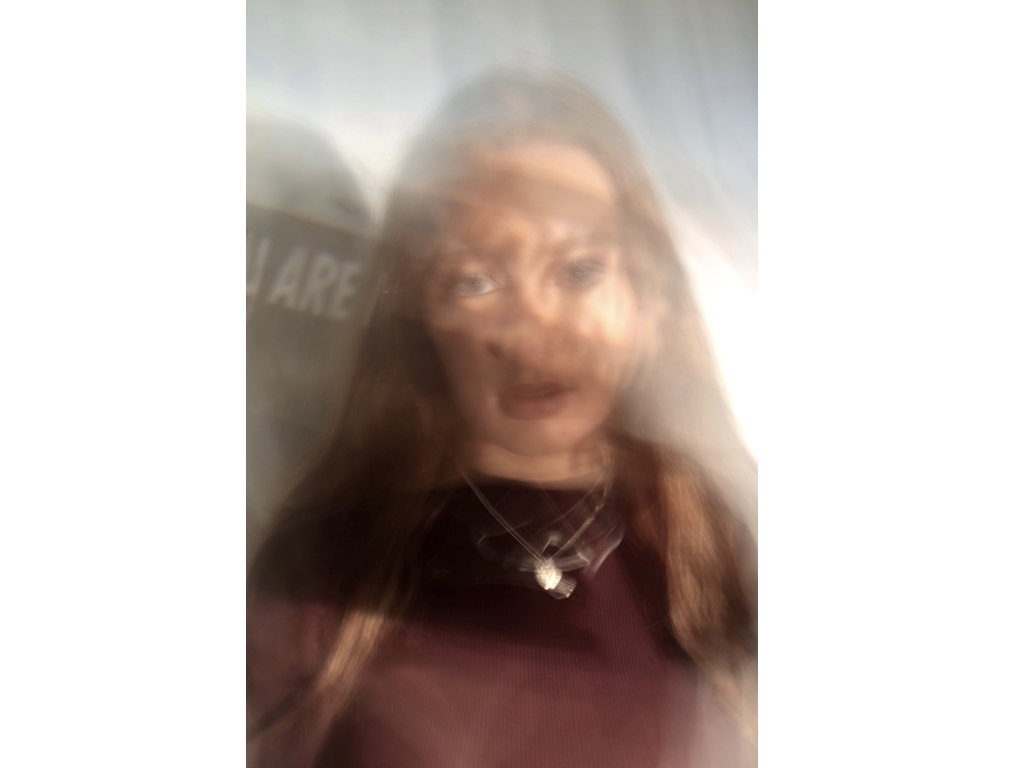
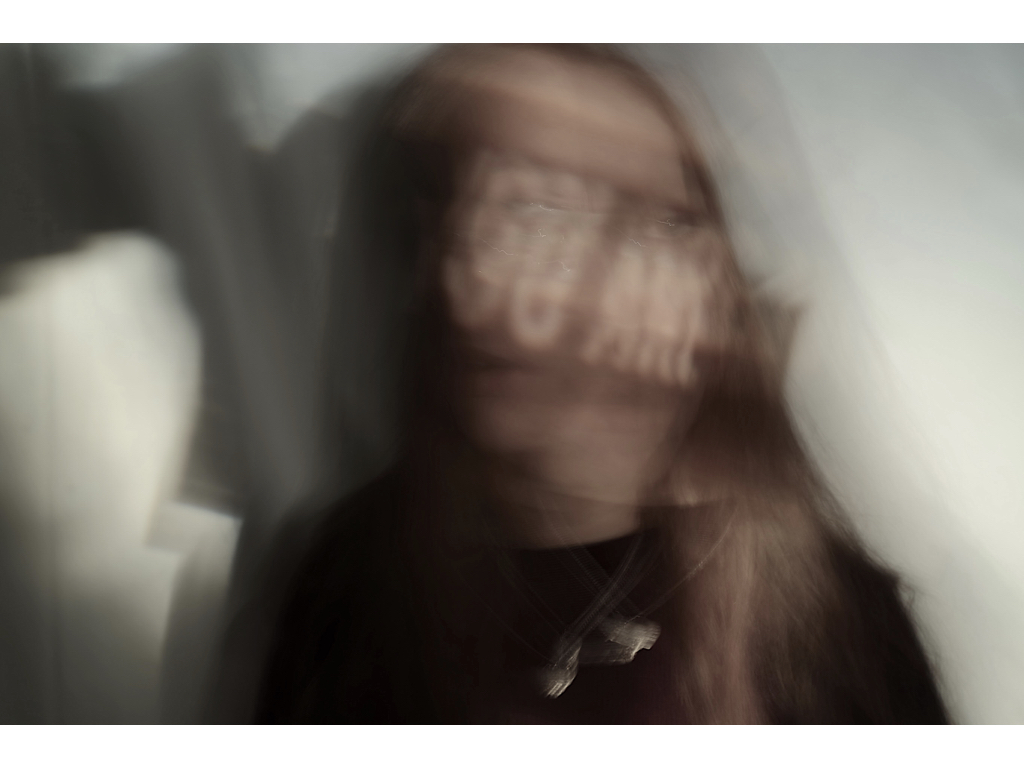
Here I wanted to show a reflection go insecurity that the person has, covering thecae with negative wording of what she describes herself as, this was ‘you are my own’ and ‘breath’ it reflects an insularity of who they are, but in addition also within the slow shutter speed shows a confusion with only a four on the words and not accurately who she is.



for this area I had a large spiral effect that I thought would be further edited by the idea of a slow shutter speed, it shows a reaching out movement that has a strong colour showing a reflection of struggle and also, faces continually overlapping and moving showing an act of confusion of identity and lack of self worth.



For these images I used a mixture of multiple backgrounds to exaggerate light and colour at the same time,with the first image I wanted to show a sense of frustration and display how she is unhappy and capture many forms of herself to show the side she shows to people and then who she is. the second sheets highlight a warmth and also a clear direct view of the person and almost an evolution of who she is.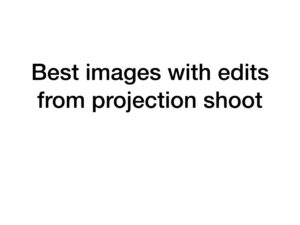
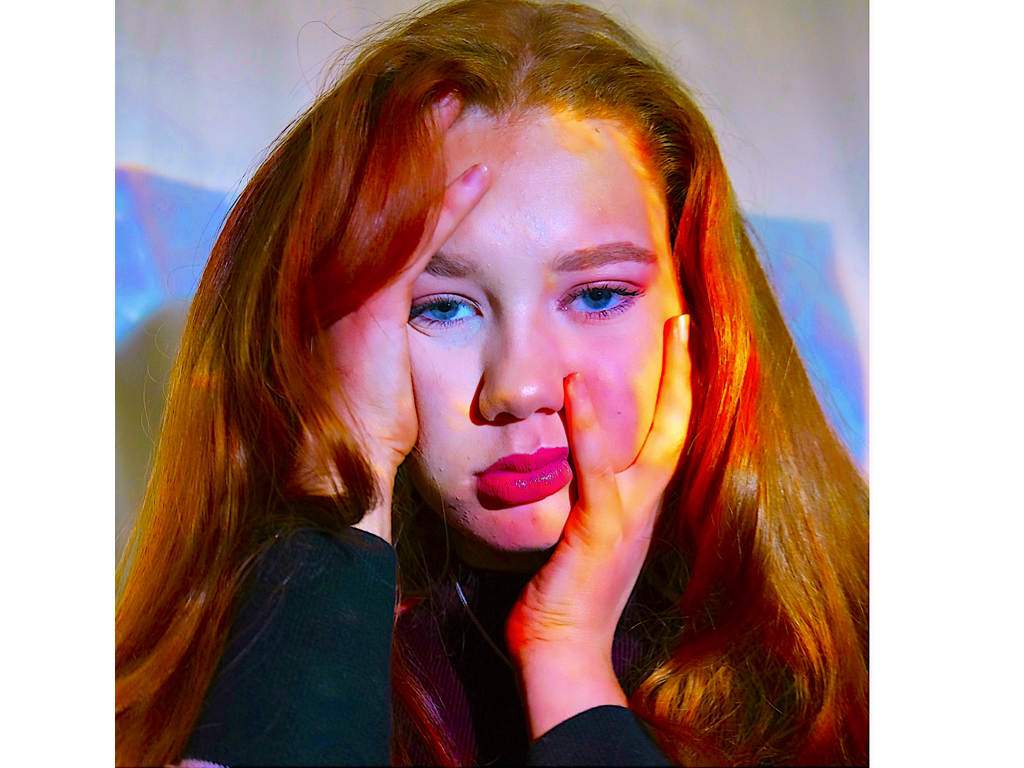
I edited this image by furthering the colour and making it more variant and circulated into specific areas.The composition of her grabbing her face also allows her grabbing onto the aspect of space within herself. 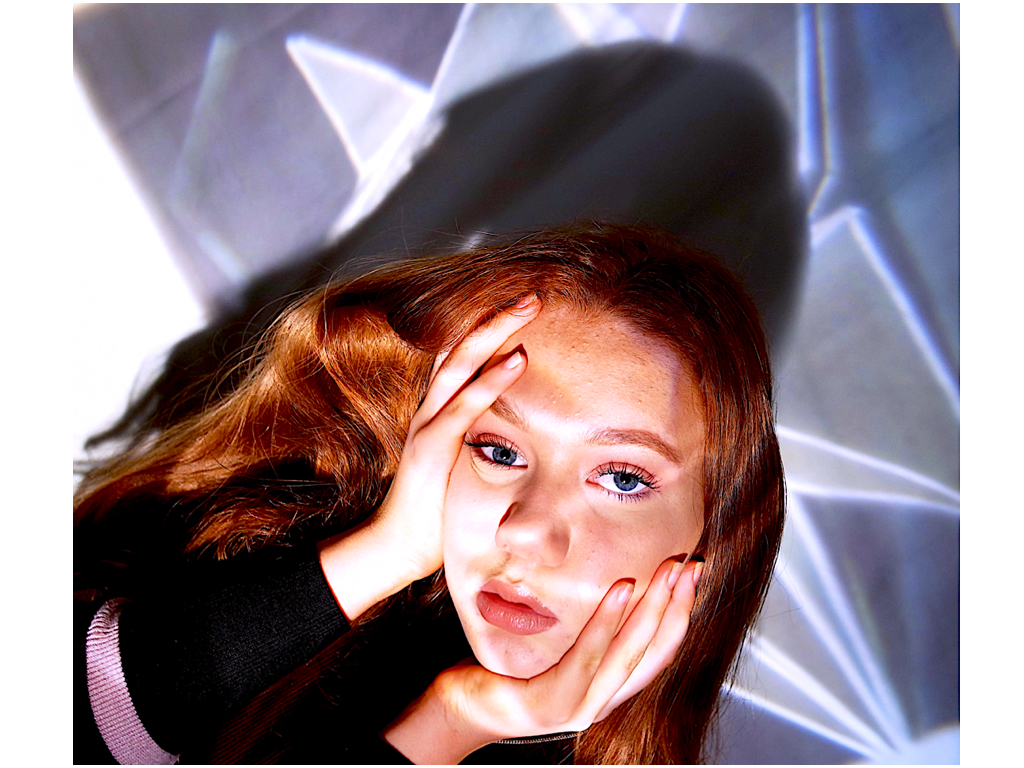
This image I chose because it has an interesting compassion and angle it shows due to the camera being onto that she has less authority and is controlled,the segregating lines also show a sense of being trapped ad contained into aspects that ‘create’ herself.
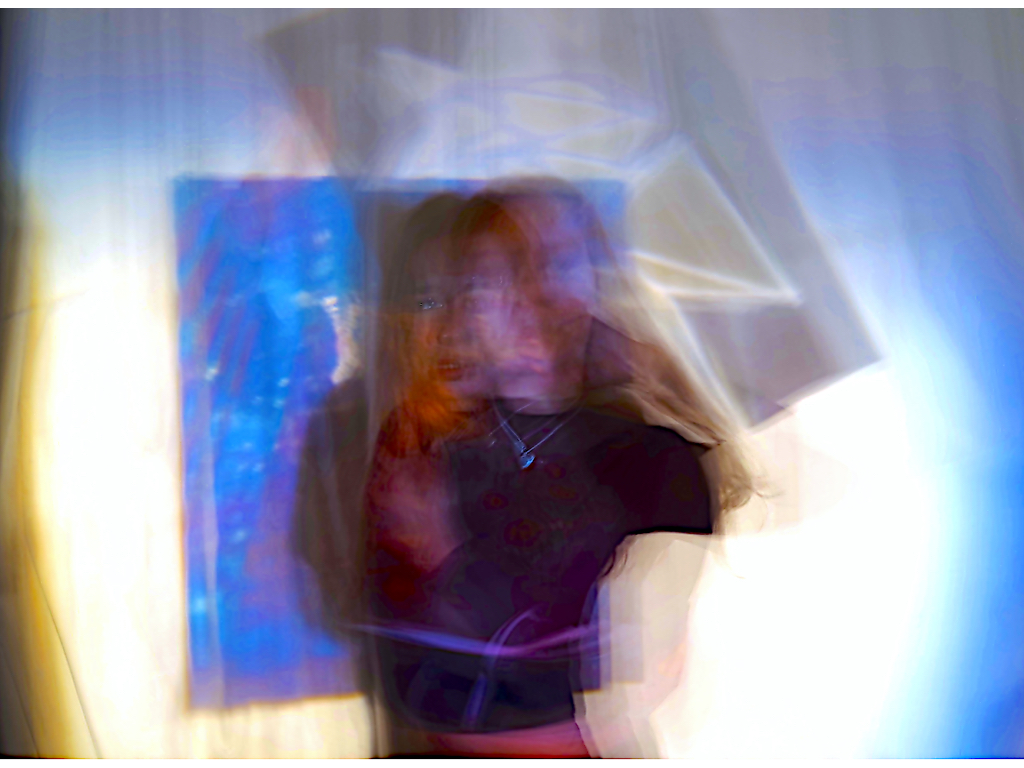
I chose this image because you can see an emotion and a struggle within the images, there are multiple attitudes and beings in the image and you can see a focused sense of movement and also colour.
within all the previous three images I edited them by enhancing the contrast and adding more structure to allow more detail within the images. 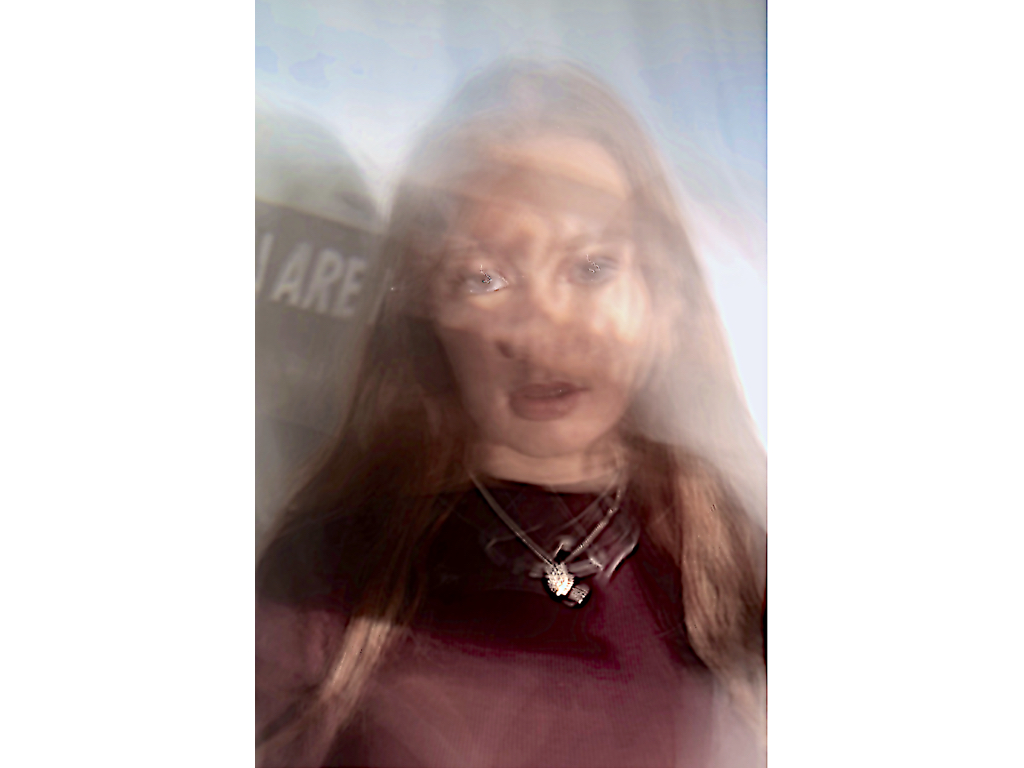
lastly I chose this image because I liked how there is a clear focus on the face but then a distorted amount of wording over it again reflecting what she thinks of herself is overly too important, furthermore that is also a clear focus on the words next to the image itself,which cause a change of focusing dynamic composition. 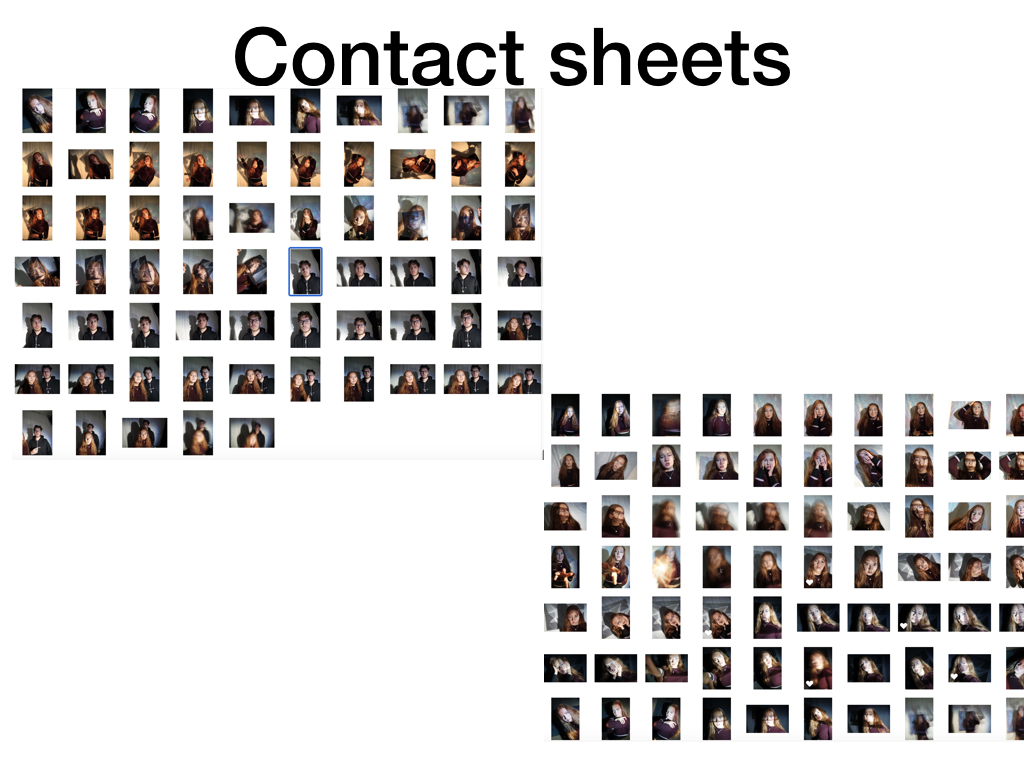
Overall this shoot was a different way in which to capture loss of identity ink a slightly more colourful and perhaps positive way.Although I do think theses themes are quite far and I do not more applicable photoshoots and colours theatre less related to abstraction.


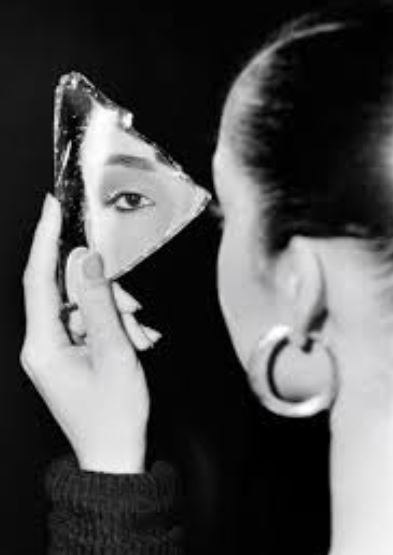
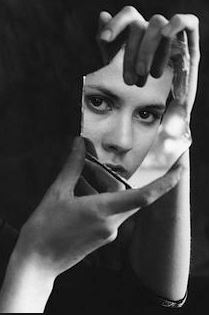
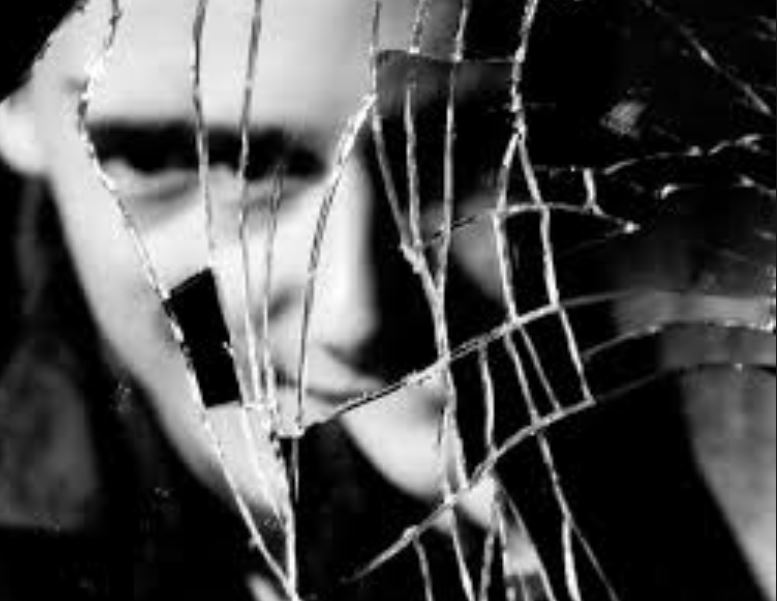



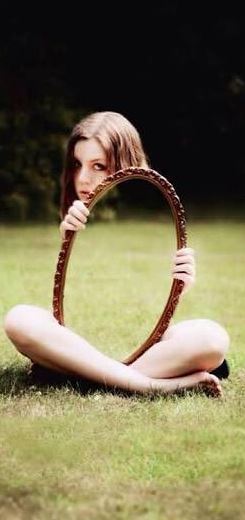

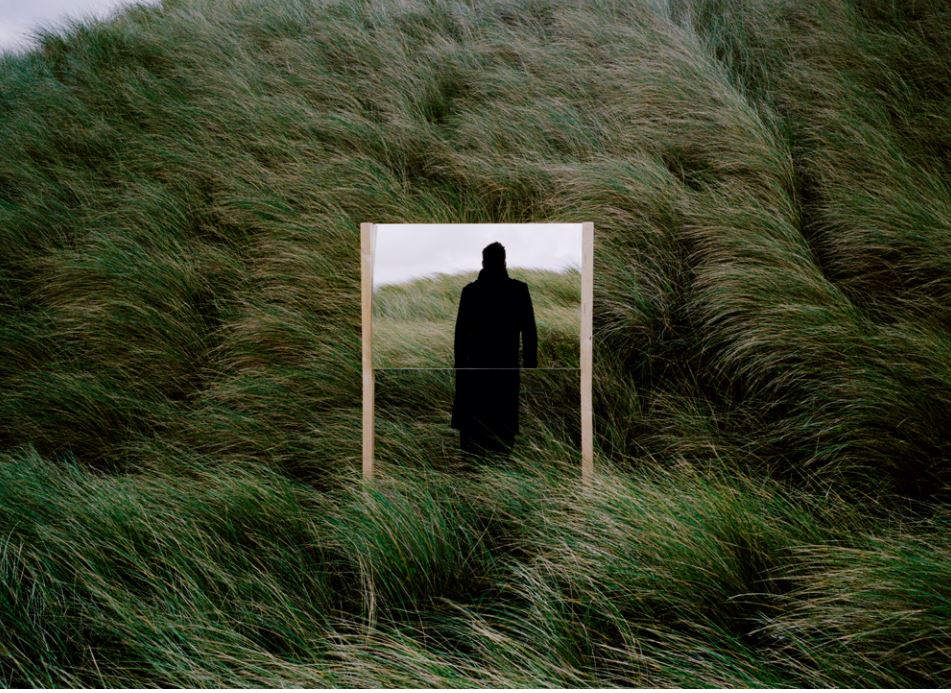
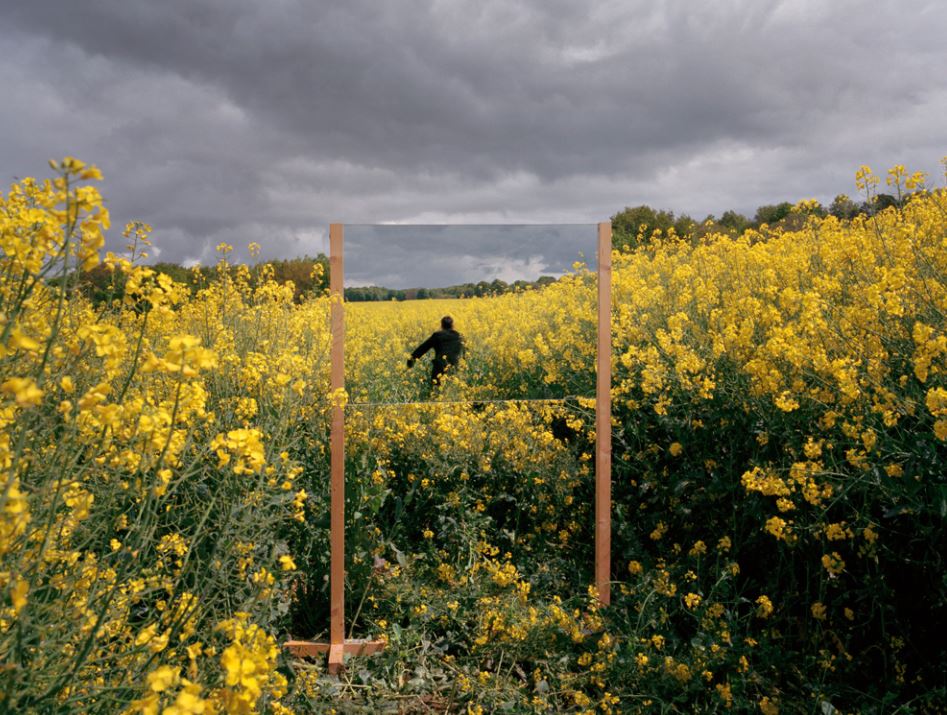
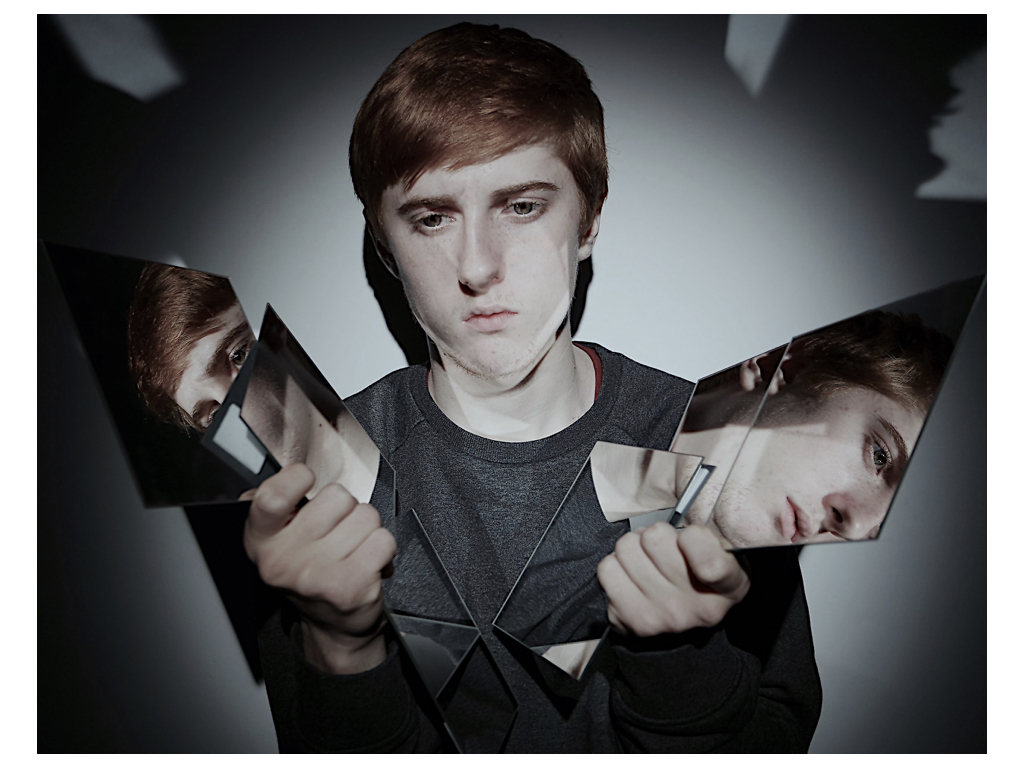 This is my best image due to the interesting and dynamic composition to the piece itself, it allows many reflections upon the face and duplication within the mirror that also have a sense of expression of emotion within the face.the lighting does not allow any unnecessary shadows and also allows for high intense light upon the face and the harsh diffusion of darker tones surrounding the image.The scattered mirrors and facial expression allow a sense of self confusion and defeat within the piece itself, so successfully showing many sides to himself and many ideas of identity that he is unsure about. The rigid reflection also allows a harsh highlight on themselves and purposing who their and what they can be.
This is my best image due to the interesting and dynamic composition to the piece itself, it allows many reflections upon the face and duplication within the mirror that also have a sense of expression of emotion within the face.the lighting does not allow any unnecessary shadows and also allows for high intense light upon the face and the harsh diffusion of darker tones surrounding the image.The scattered mirrors and facial expression allow a sense of self confusion and defeat within the piece itself, so successfully showing many sides to himself and many ideas of identity that he is unsure about. The rigid reflection also allows a harsh highlight on themselves and purposing who their and what they can be.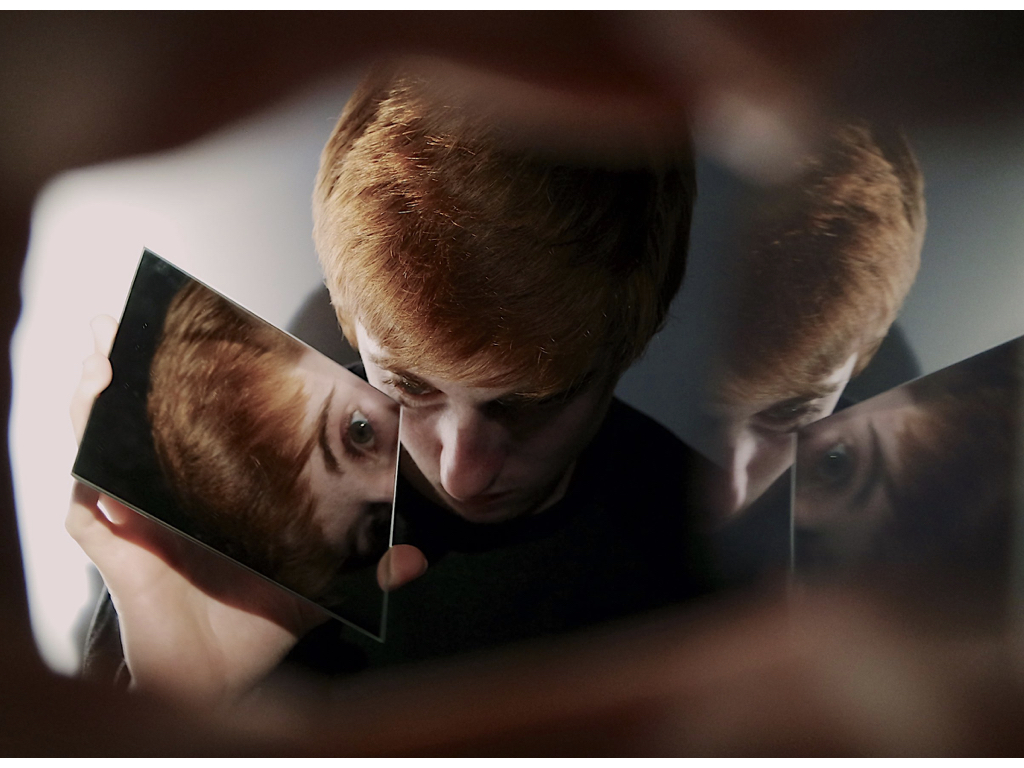
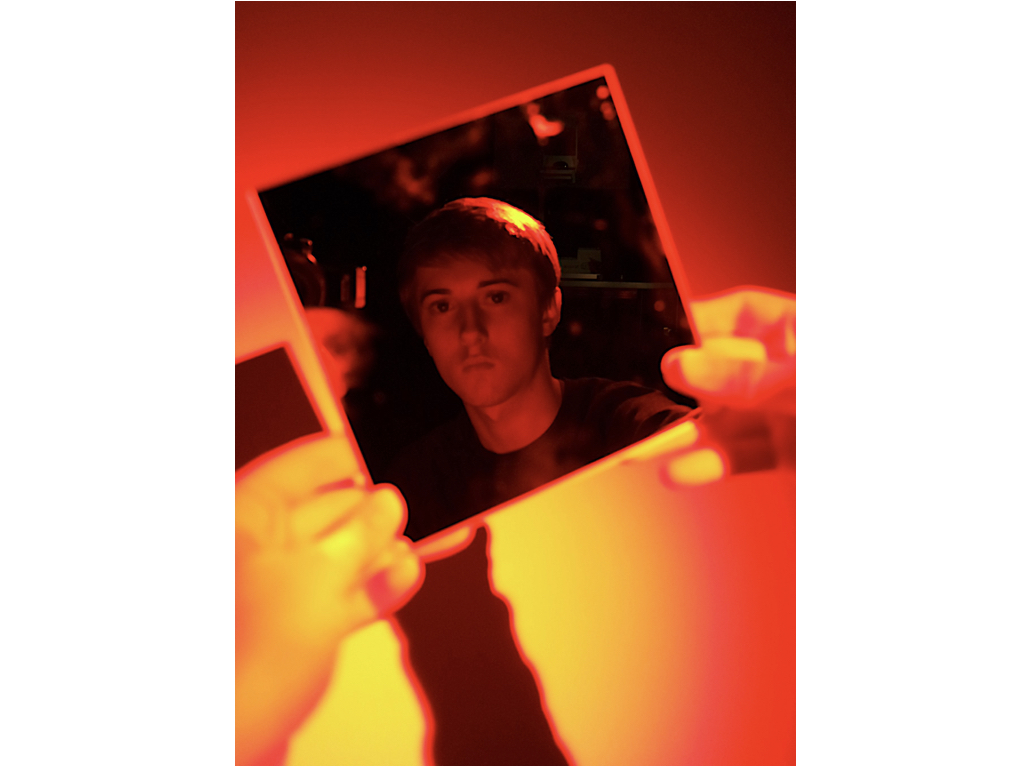
 This next image was inspired whiten just a hand and a face seen within the reflection , thought this was quite an impact stance so I wanted to further this idea and use red light to create a more intense and successful image to the piece itself.The deep negative tones allow a highlight on his face and ht illusion that it is only himself seen within he reflection of the glass. It also has strong connotations to that of a negative studio and a sense of history and time to the piece itself.
This next image was inspired whiten just a hand and a face seen within the reflection , thought this was quite an impact stance so I wanted to further this idea and use red light to create a more intense and successful image to the piece itself.The deep negative tones allow a highlight on his face and ht illusion that it is only himself seen within he reflection of the glass. It also has strong connotations to that of a negative studio and a sense of history and time to the piece itself.
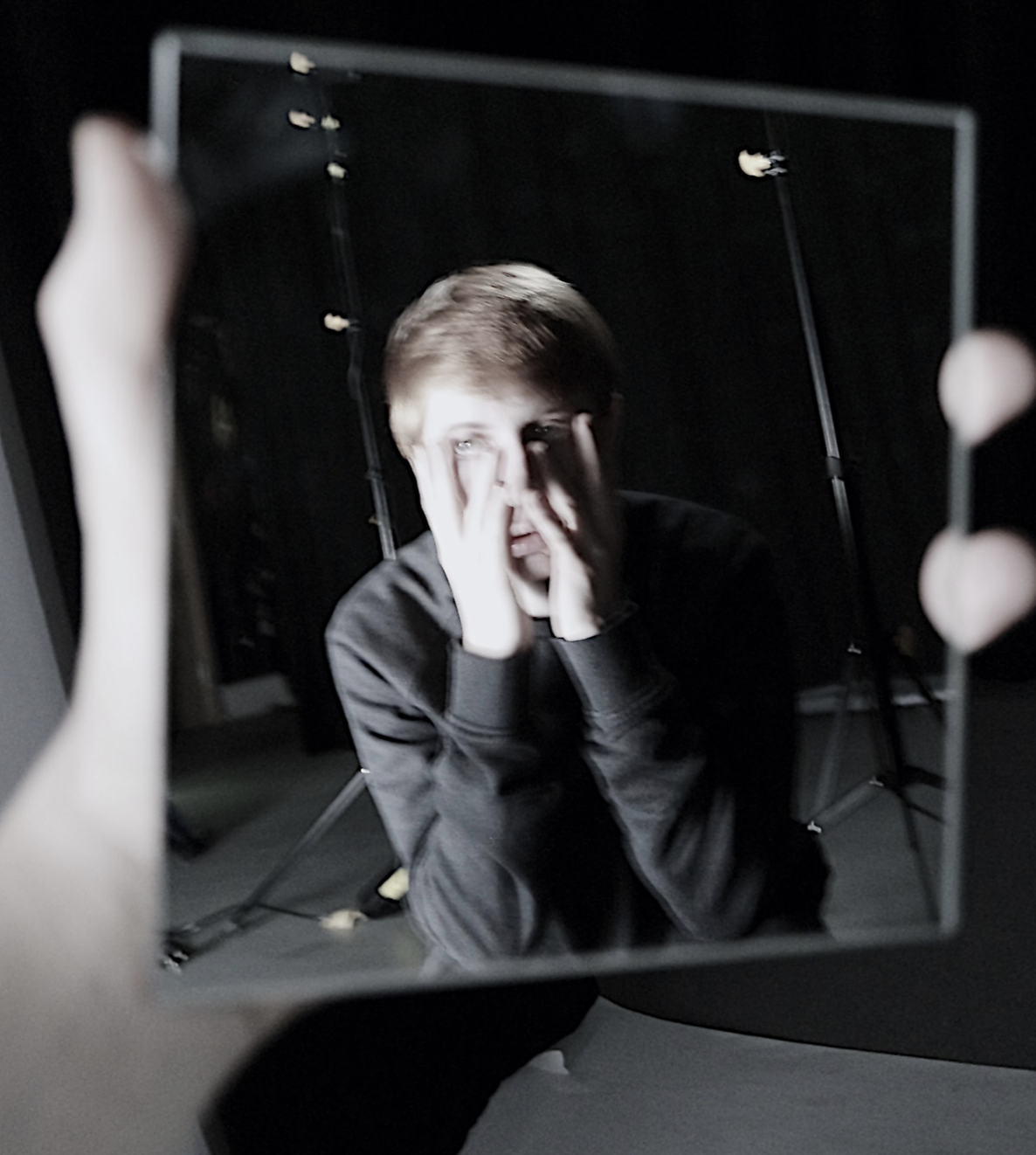

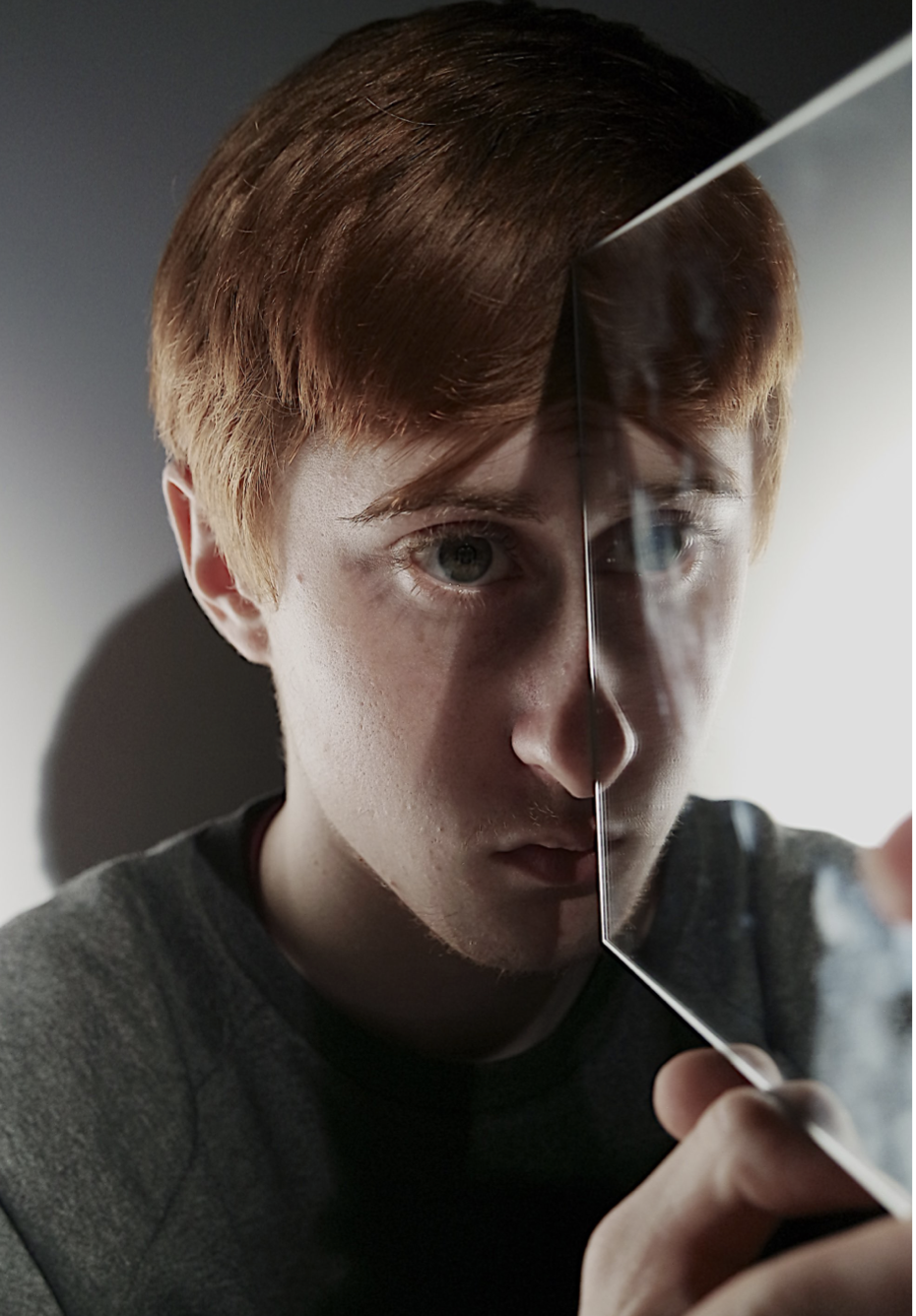 Lastly here I wanted to portray more interesting illusions whiten the face itself and how angling the mirror can cause a different view all dependent on the angle room which you look.I wanted multiple faces and representation of the person and how two sides to a person can all be very different.
Lastly here I wanted to portray more interesting illusions whiten the face itself and how angling the mirror can cause a different view all dependent on the angle room which you look.I wanted multiple faces and representation of the person and how two sides to a person can all be very different.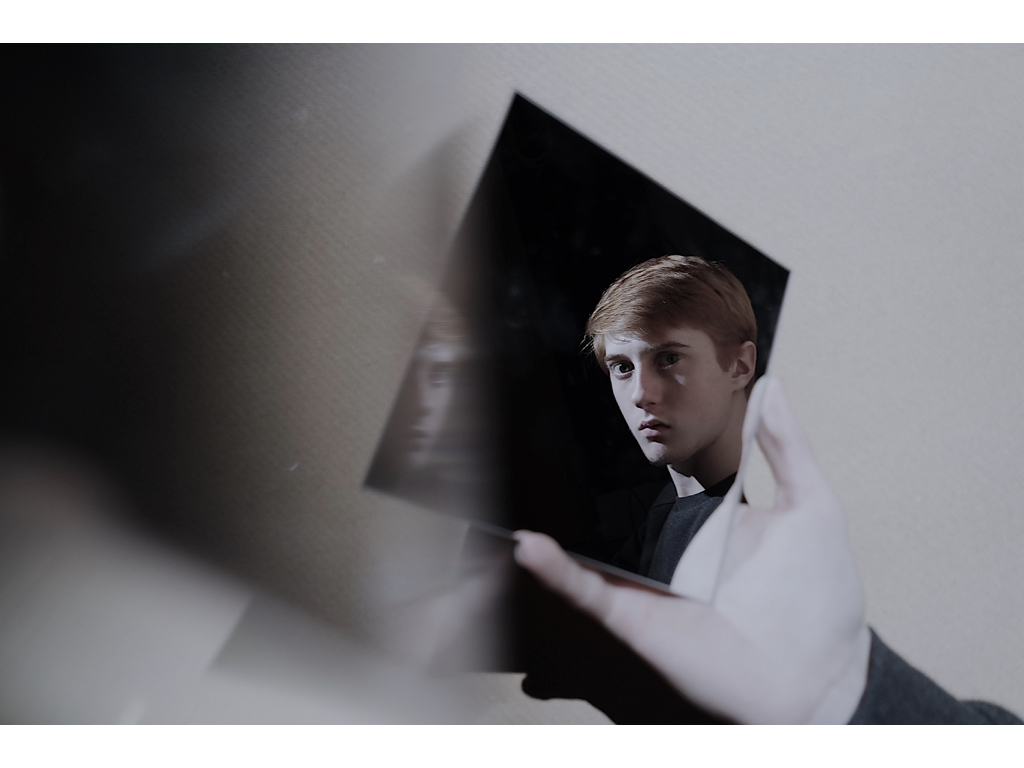
 These two images I chose because as seen as before there is a direct interest and question within the image of feeling and attitudes reflected within the deeper tones and self repletion of reflection. The first image within gun looking down allows a sense of unwillingness to know or find who they are or wants to be and surrounded by nothing and no-one. The second image I used a prism to show what looks like blur of slow shutter speed but is really used in order to create a duplication of the face within the scenario.
These two images I chose because as seen as before there is a direct interest and question within the image of feeling and attitudes reflected within the deeper tones and self repletion of reflection. The first image within gun looking down allows a sense of unwillingness to know or find who they are or wants to be and surrounded by nothing and no-one. The second image I used a prism to show what looks like blur of slow shutter speed but is really used in order to create a duplication of the face within the scenario.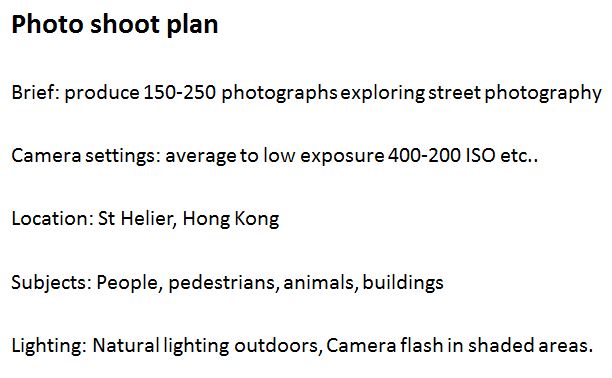 Photo Shoot Sheet
Photo Shoot Sheet

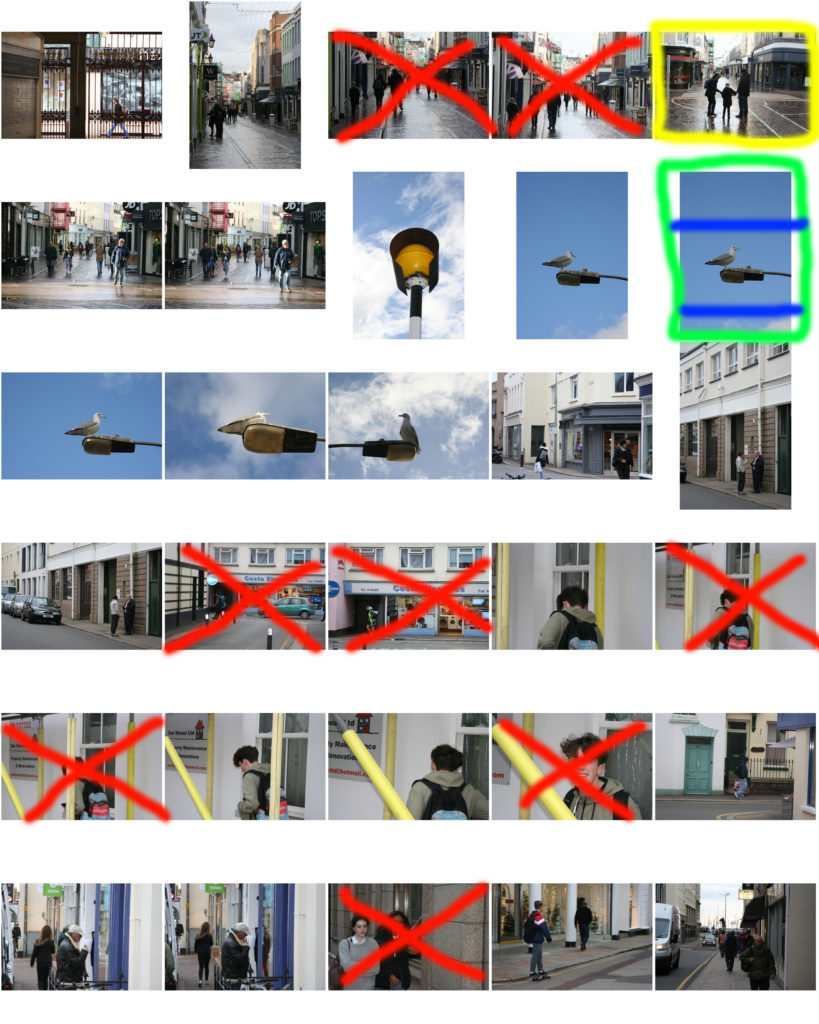

 Favourite Photograph Edits
Favourite Photograph Edits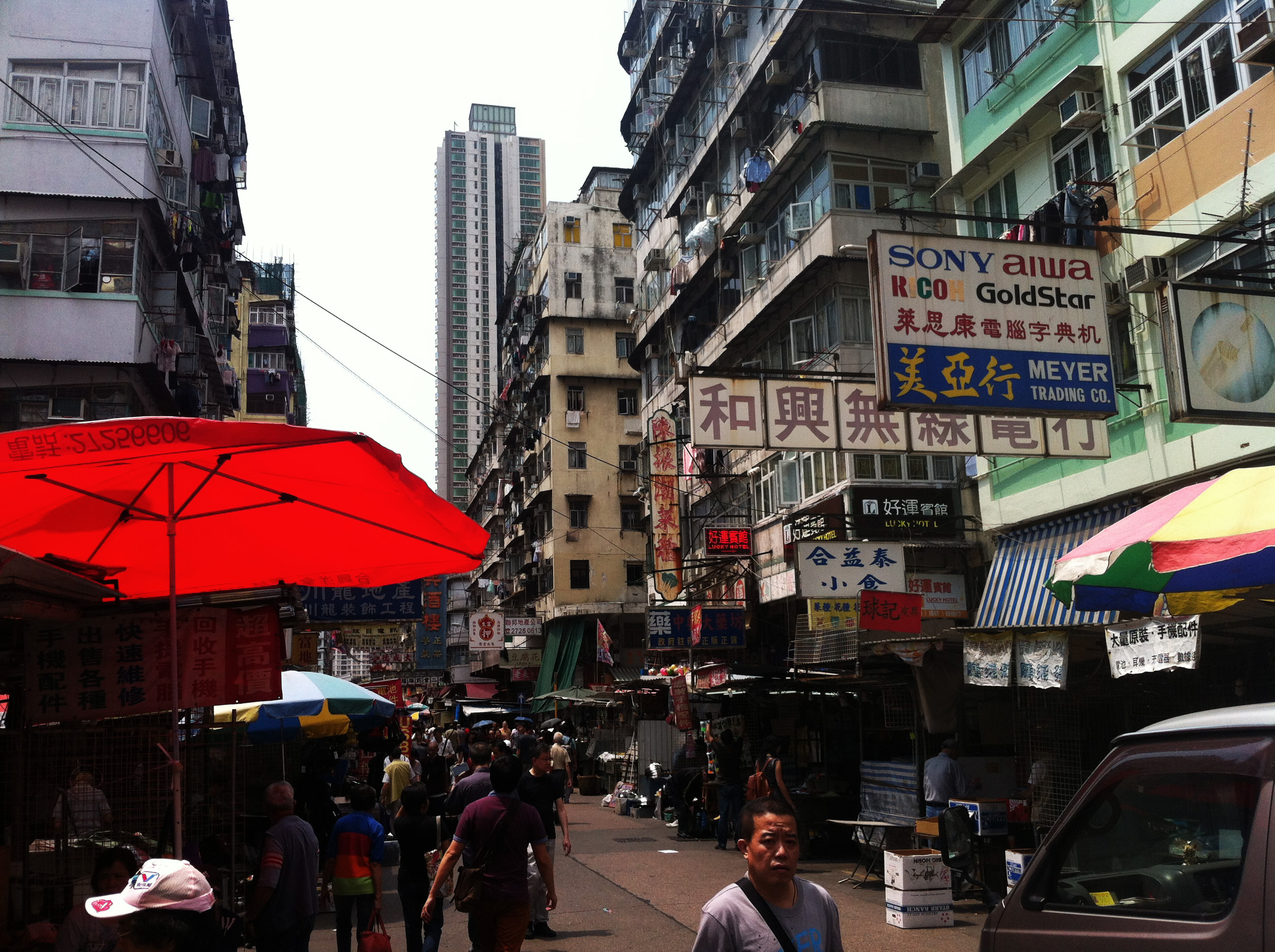
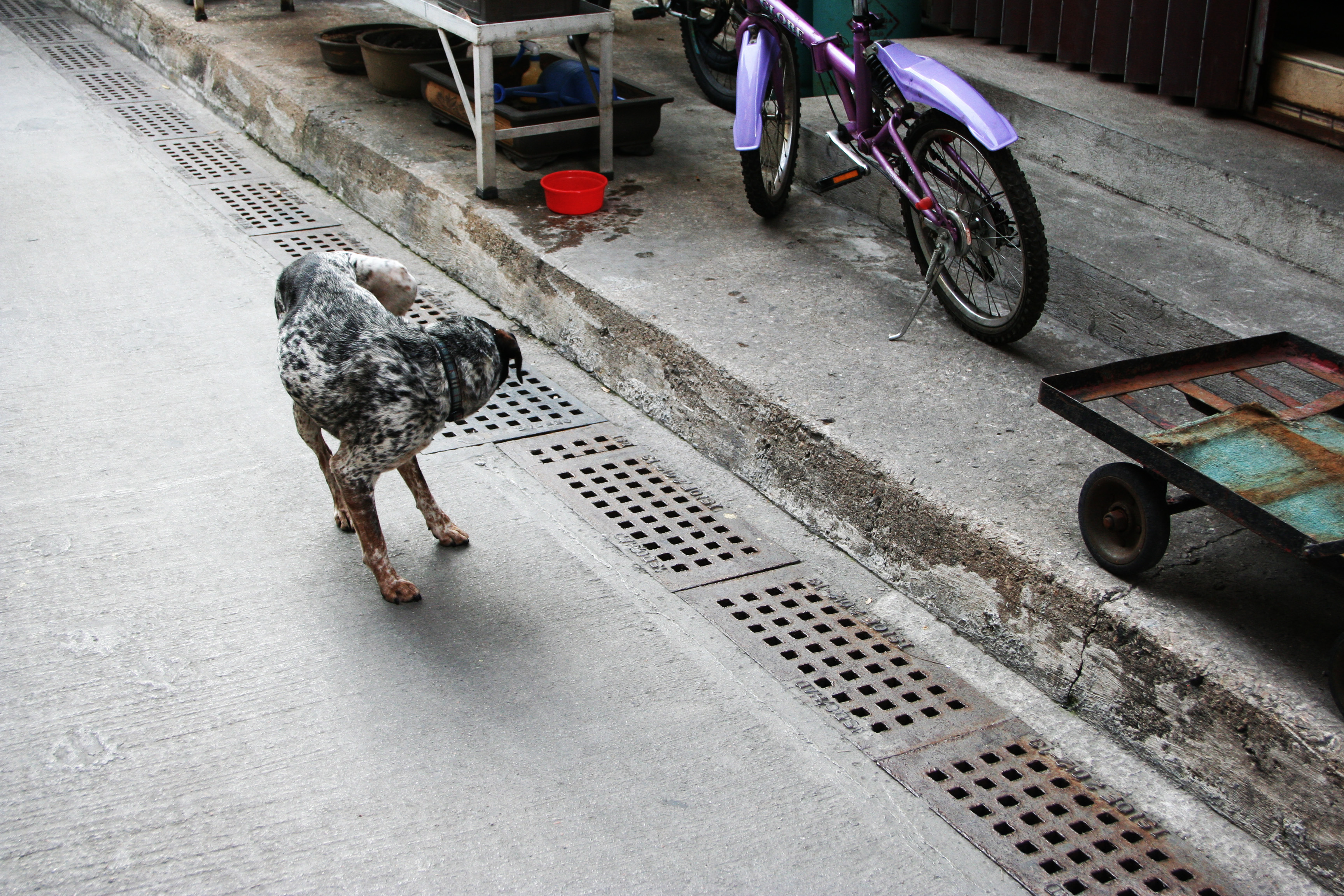
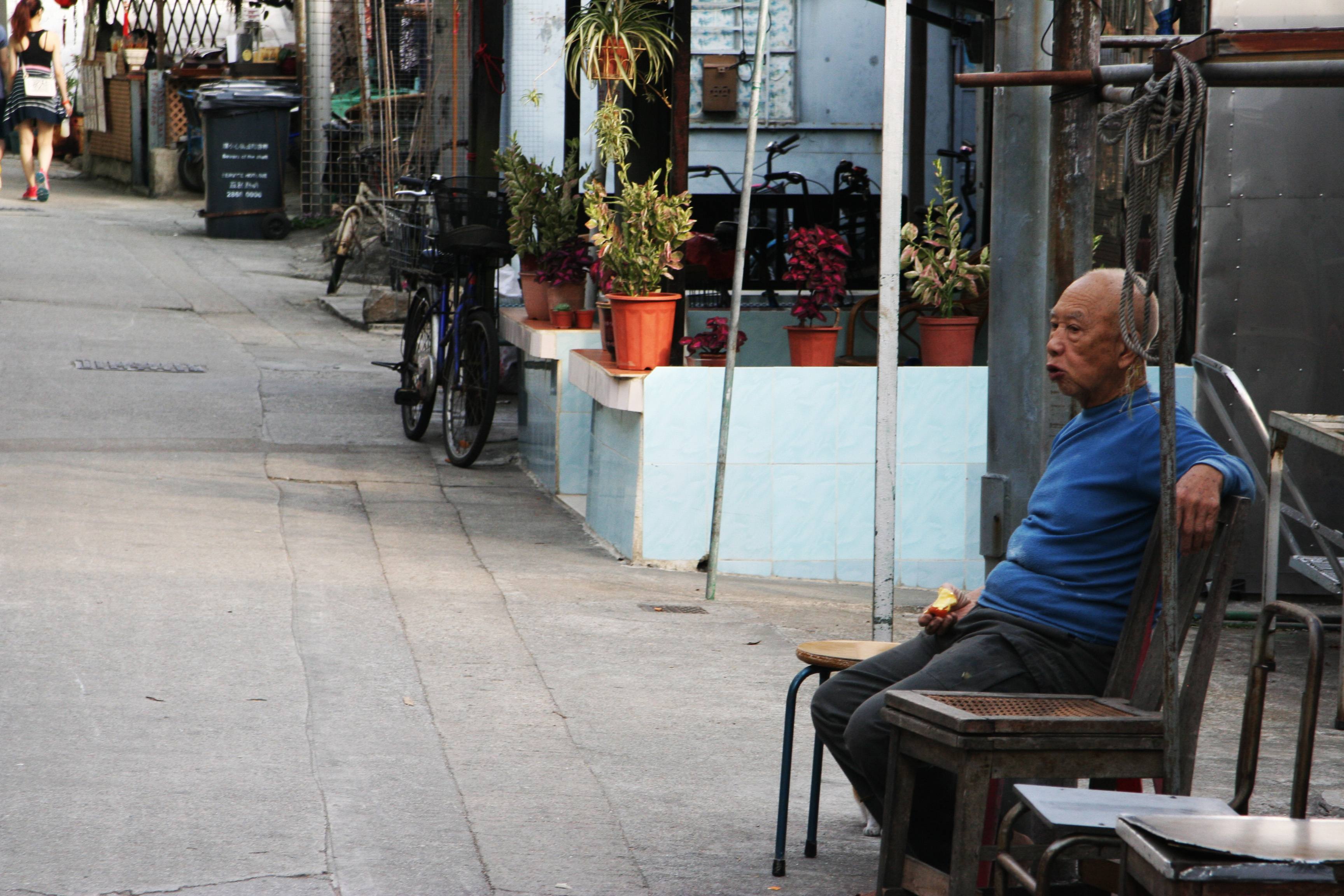






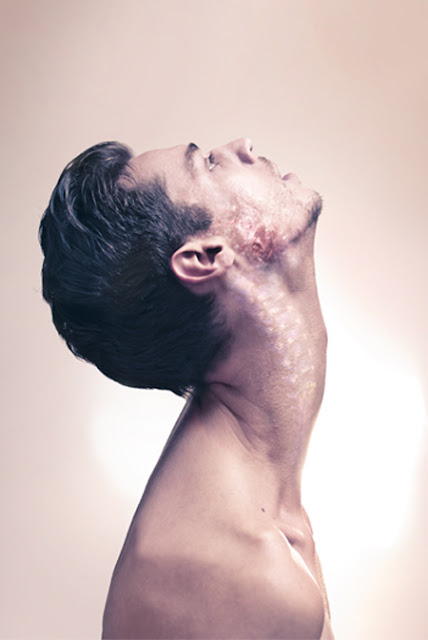





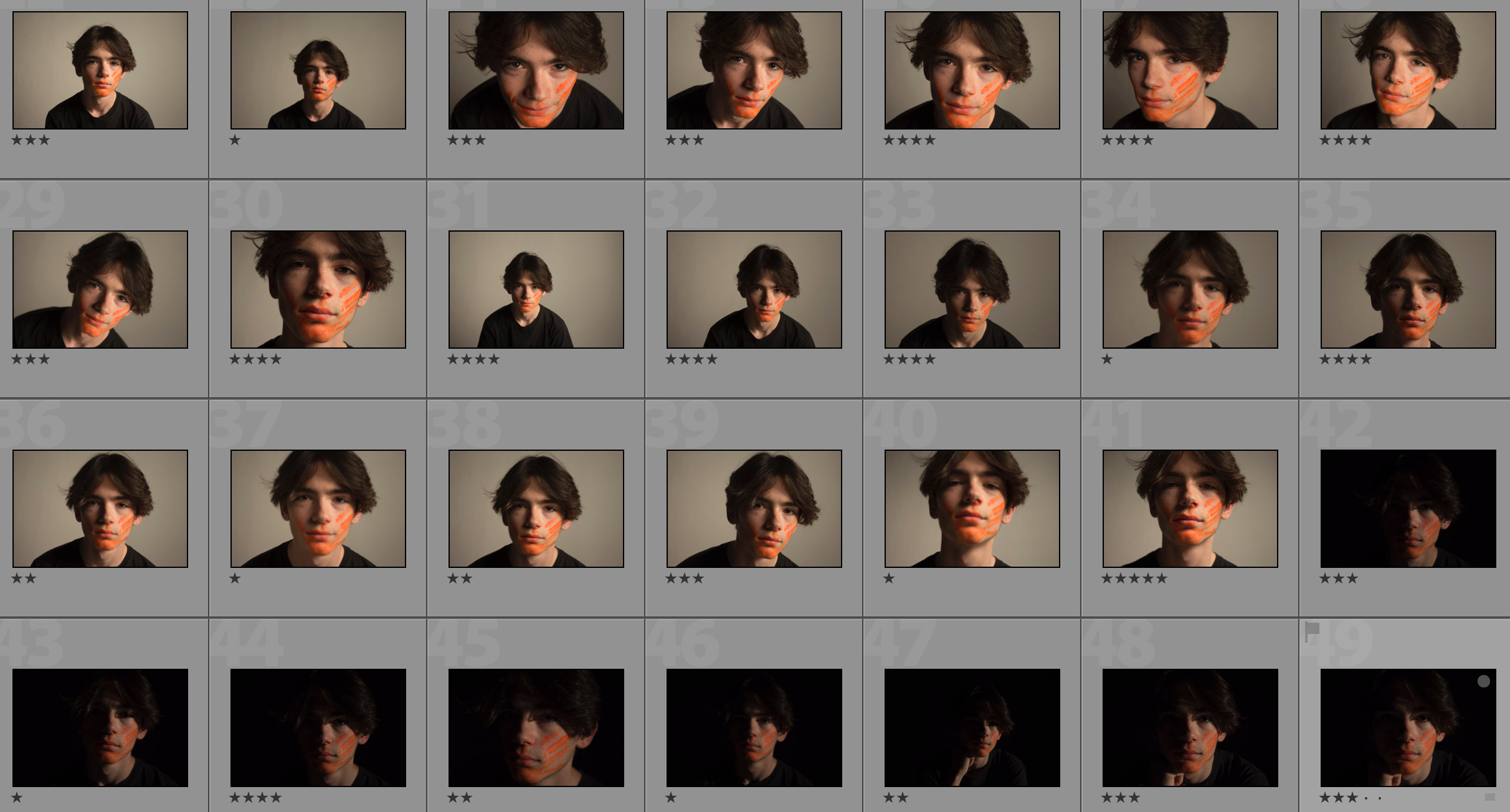
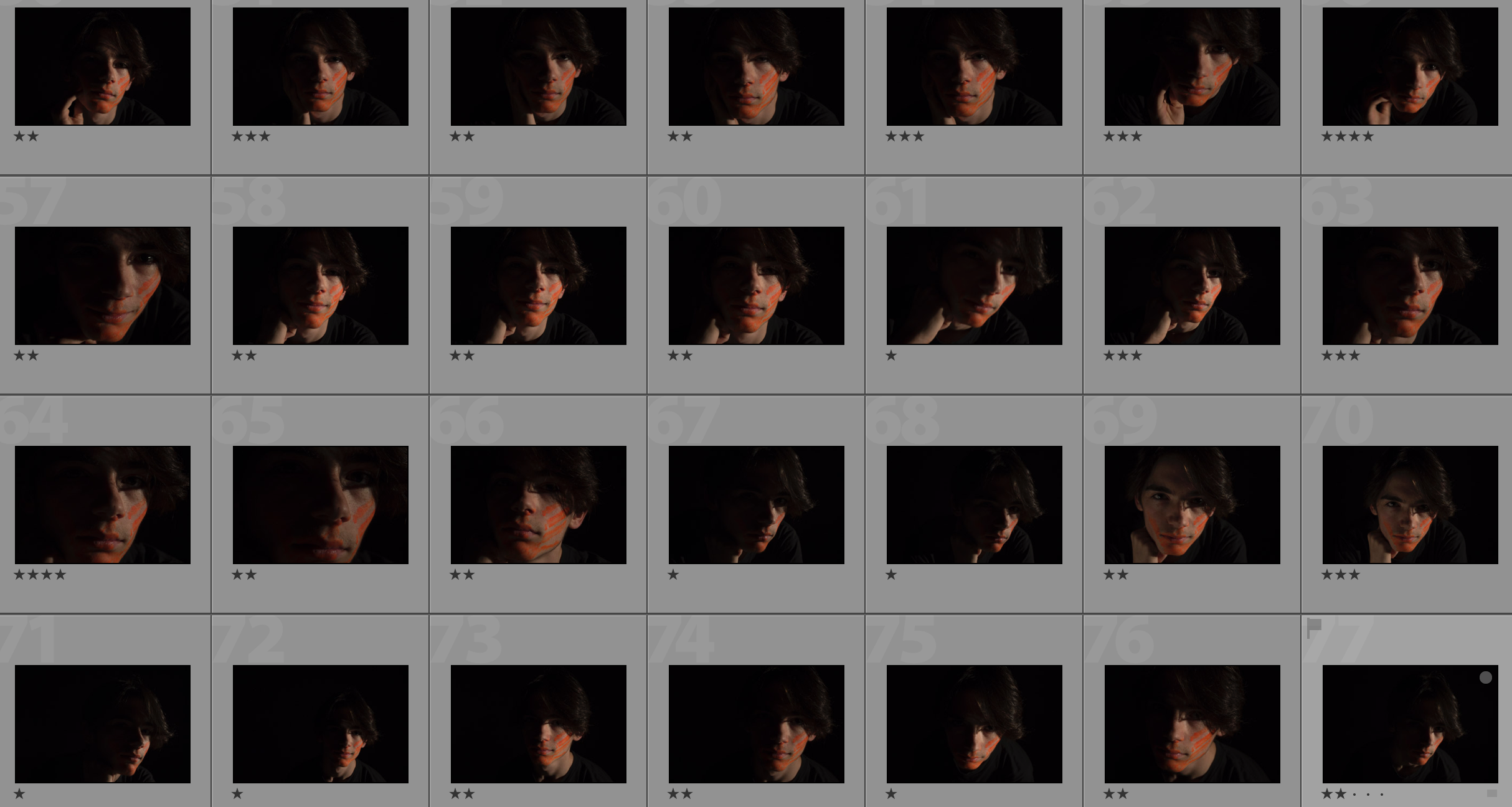



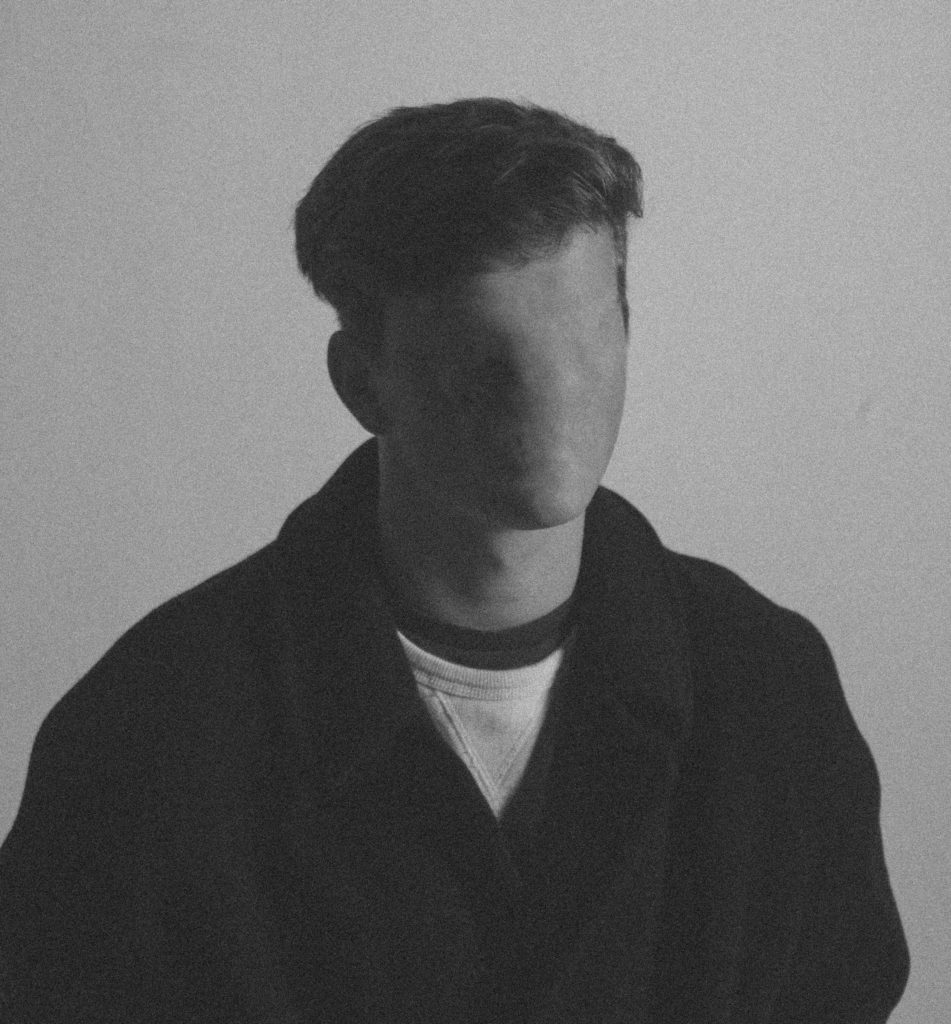

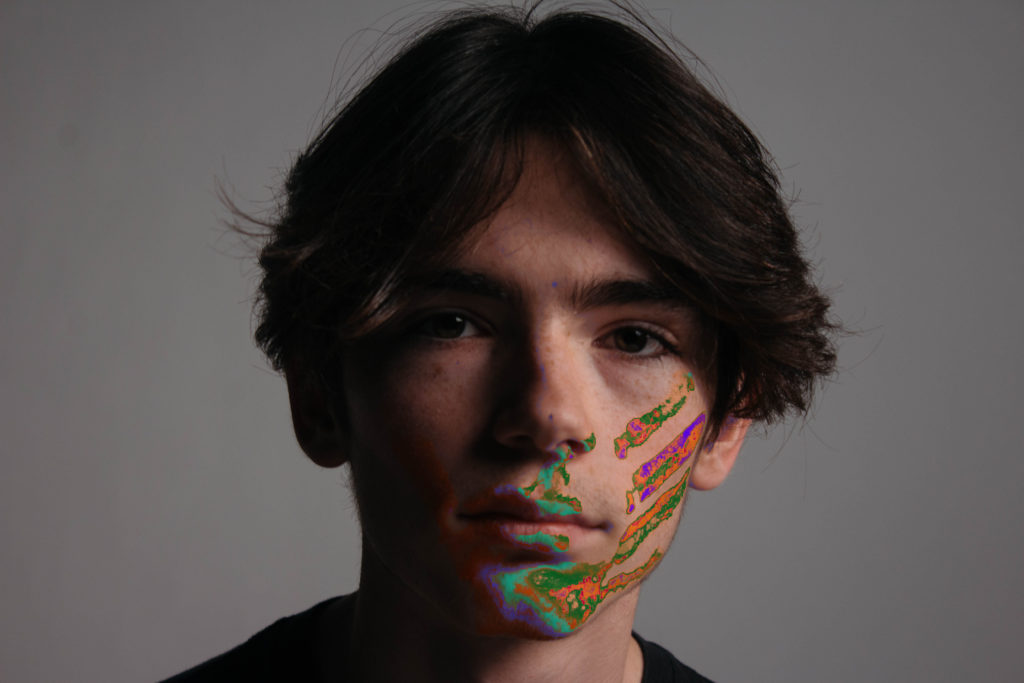












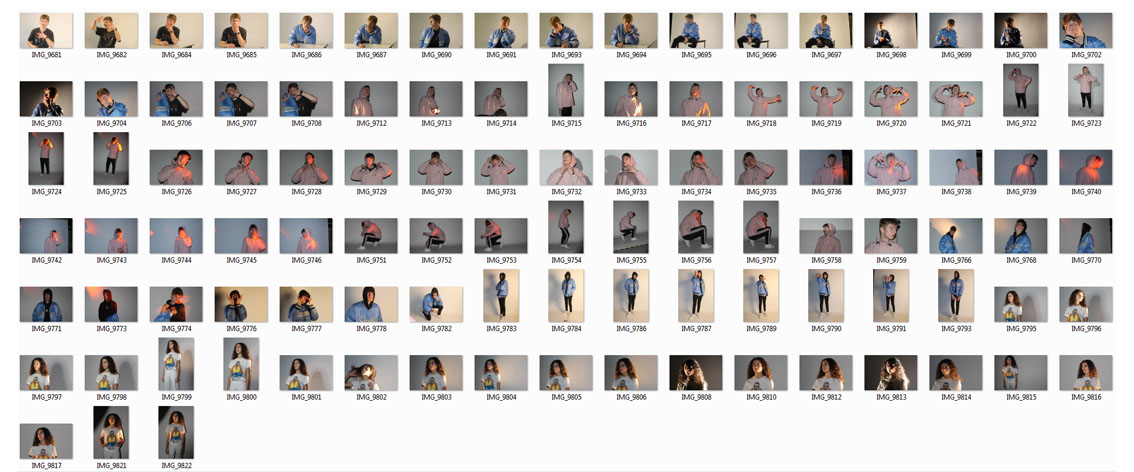
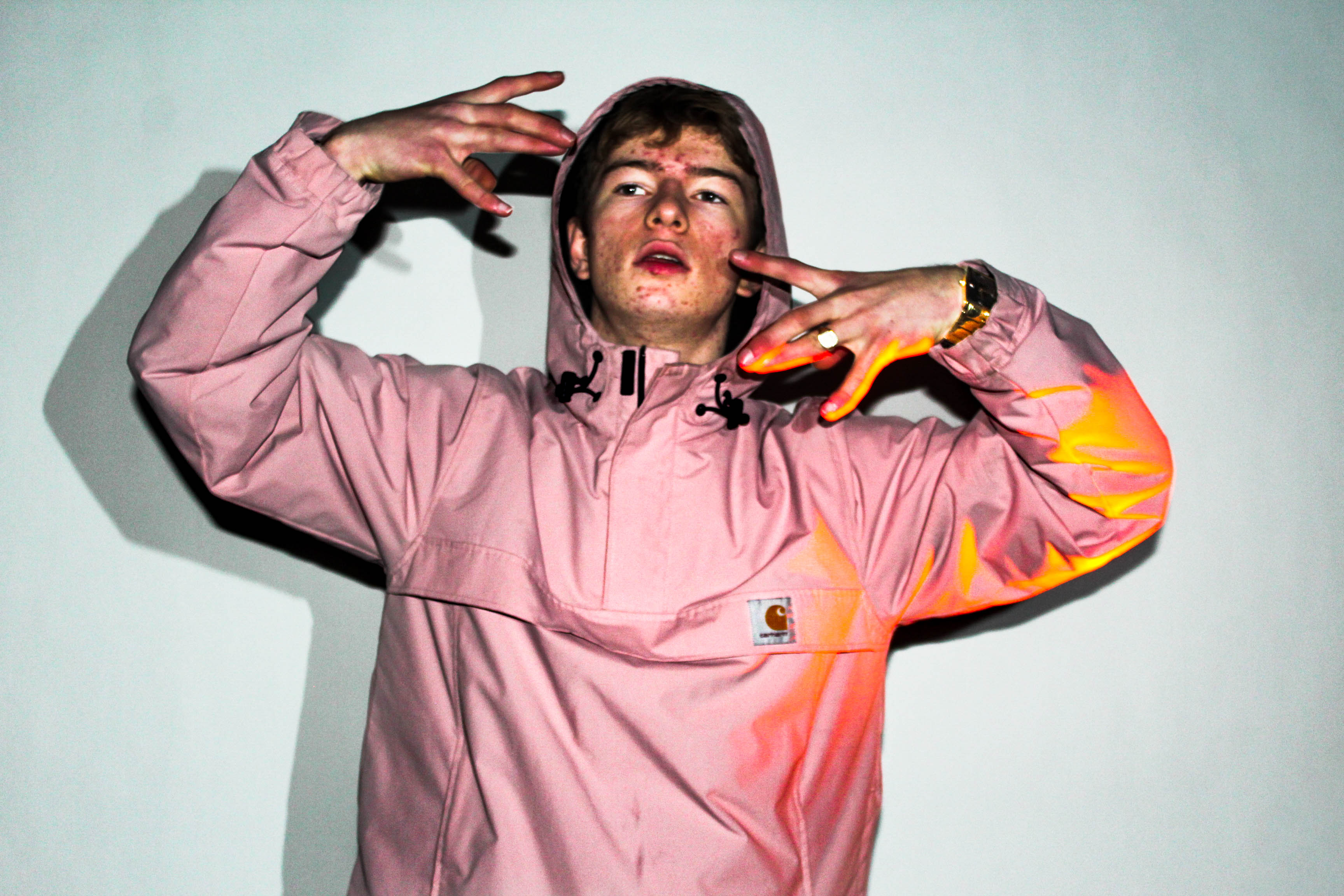
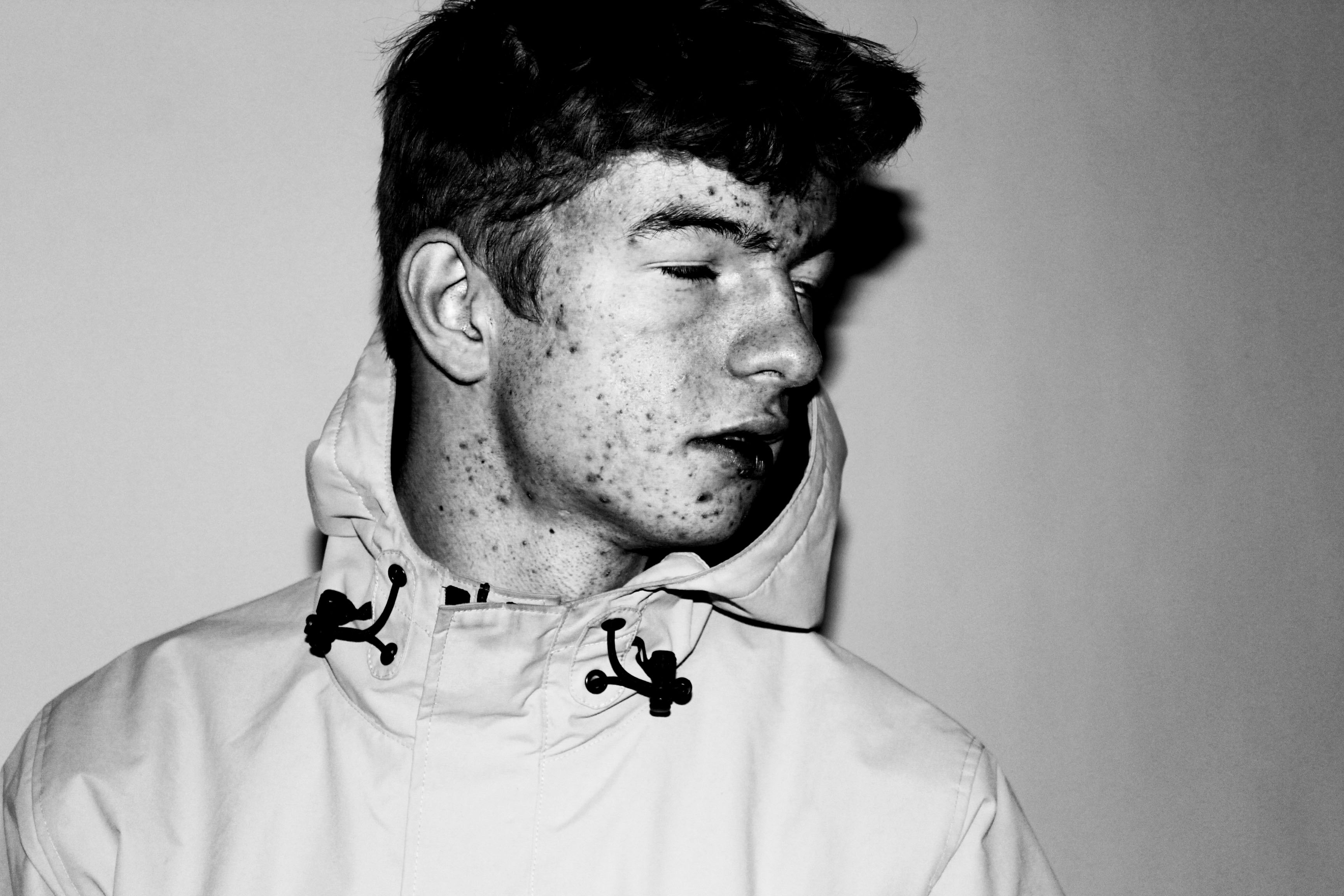

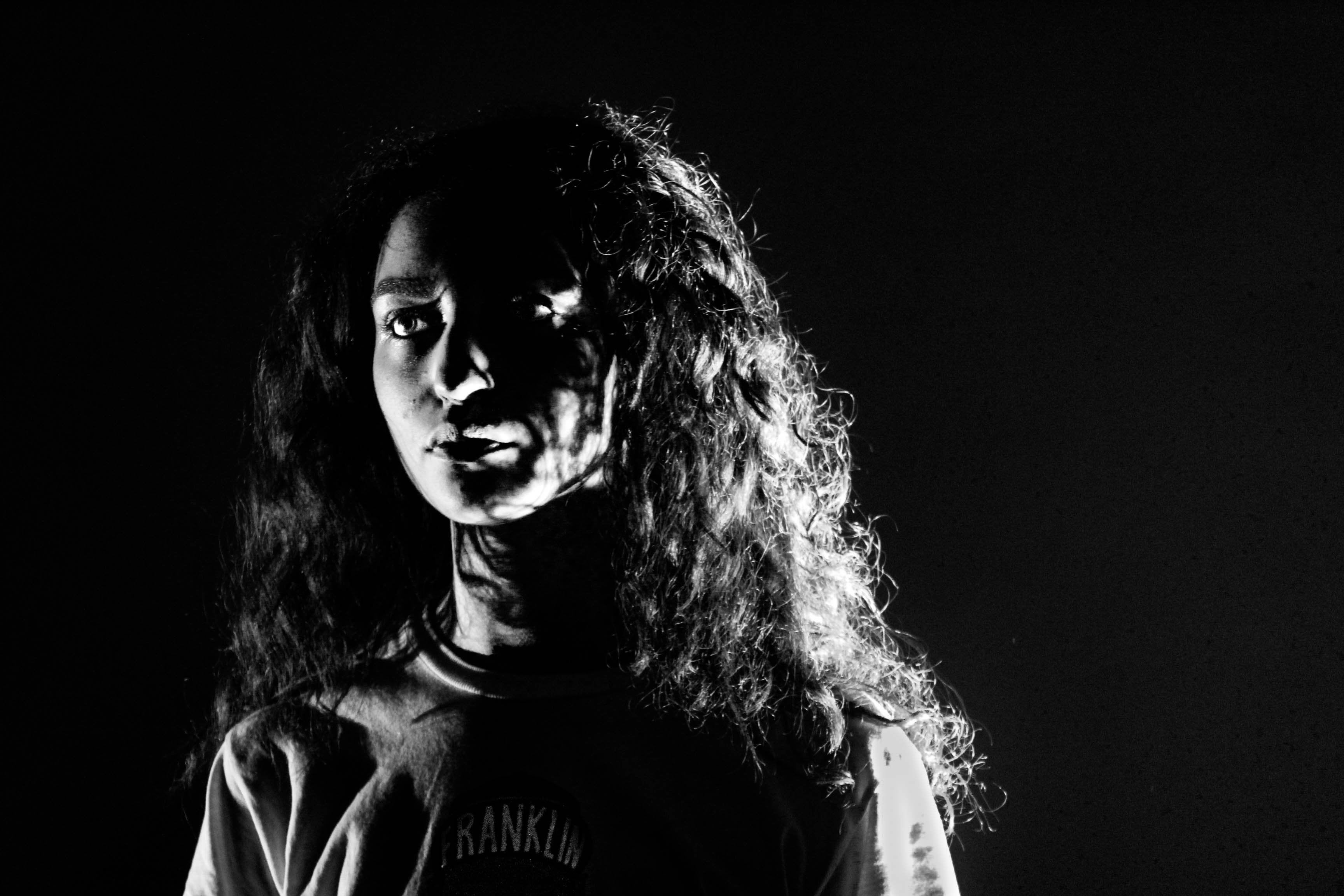

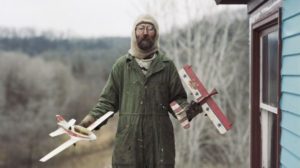



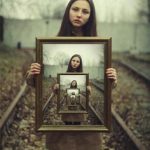

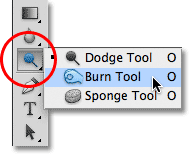




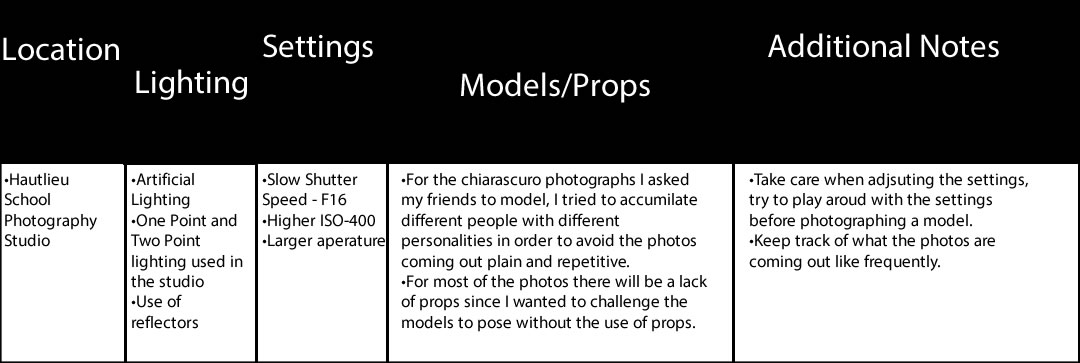

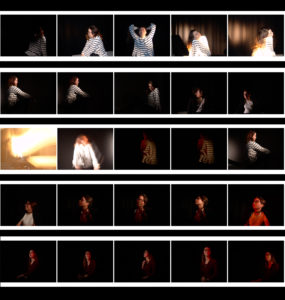











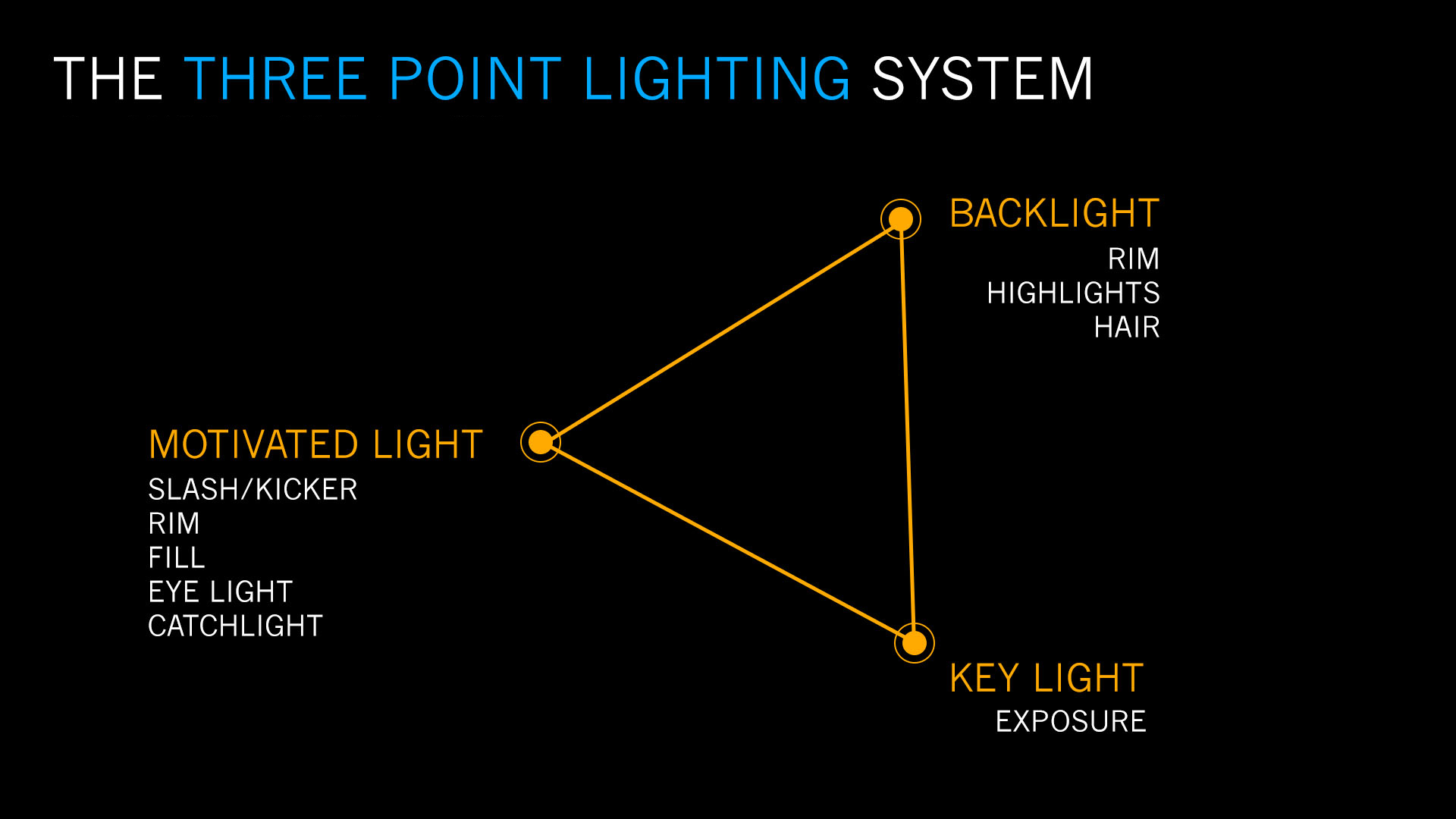 In this shoot I used the artificial lighting provided by the spotlights, to create a dramatic, almost black background, whilst using a red film to cast a reddish shadow onto the subjects face. I tried to position the subject's face using the rule of thirds, so that the eye was drawn to the face almost immediately, whilst blending in some of the subject's clothes into the darkness to create a smooth visually pleasing image.
This was my response:
In this shoot I used the artificial lighting provided by the spotlights, to create a dramatic, almost black background, whilst using a red film to cast a reddish shadow onto the subjects face. I tried to position the subject's face using the rule of thirds, so that the eye was drawn to the face almost immediately, whilst blending in some of the subject's clothes into the darkness to create a smooth visually pleasing image.
This was my response:
 Final pictures:
Final pictures:
 I chose this image because I loved how the subject emerged from the darkness through the slow faint gradient of the red. This I found created a more dramatic effect to the overall image taken.
I chose this image because I loved how the subject emerged from the darkness through the slow faint gradient of the red. This I found created a more dramatic effect to the overall image taken. What I liked about this image was how not all of the subjects profile was shown, as there is a clear contrast between the light and dark side of the face. This created a more abstract effect where the body seemingly is materializing from the darkness.
What I liked about this image was how not all of the subjects profile was shown, as there is a clear contrast between the light and dark side of the face. This created a more abstract effect where the body seemingly is materializing from the darkness.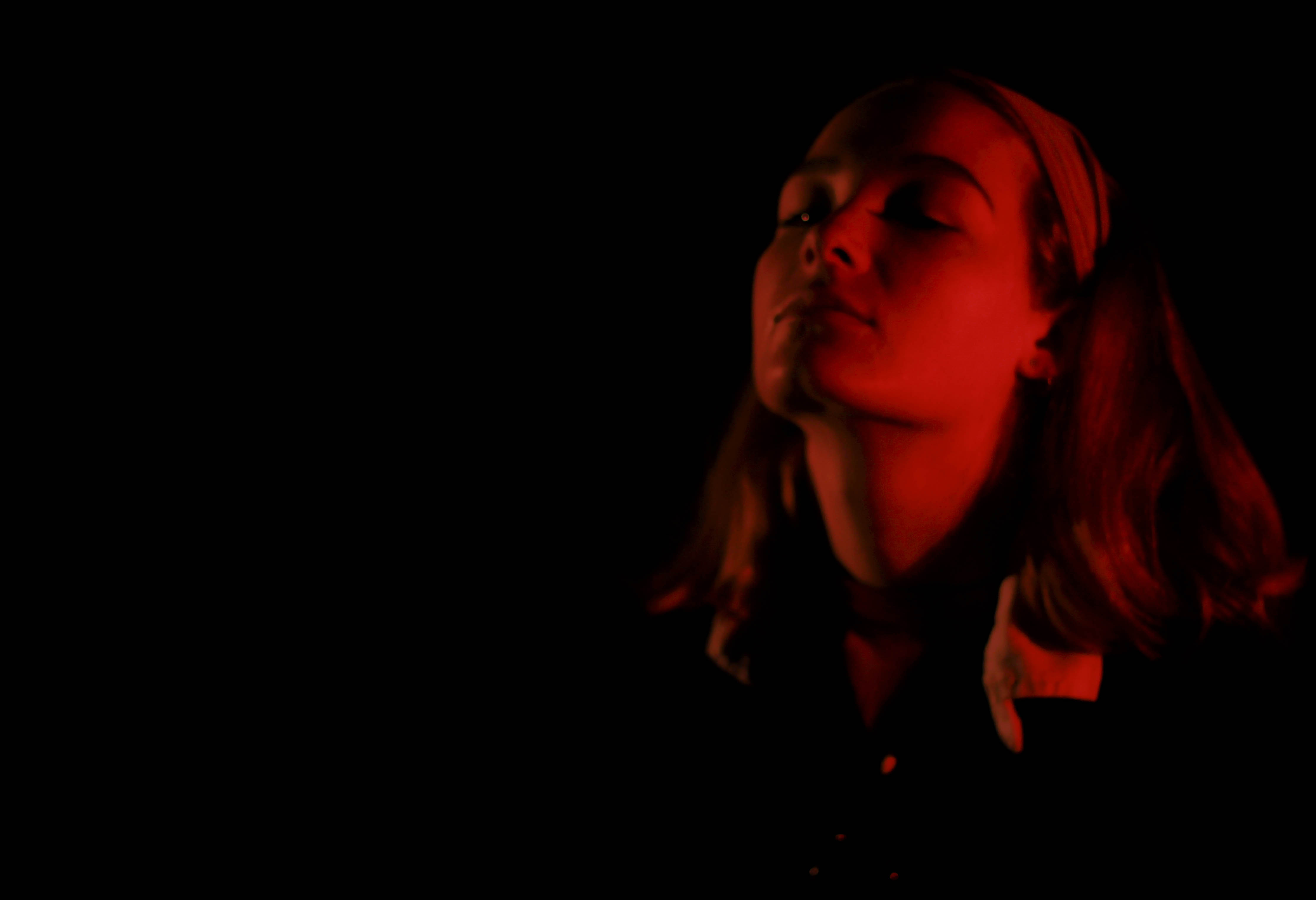 I found that the clear definition between certain points of the subjects face, such as the neck and forehead allowed from a most striking and dramatic look from the individual.
I found that the clear definition between certain points of the subjects face, such as the neck and forehead allowed from a most striking and dramatic look from the individual.  What I really liked about this image was the use of the main light only being used. By doing so it created a circular spotlight illuminating only the top half of the subject's body, whilst making an imposing and strong contrasted image.
What I really liked about this image was the use of the main light only being used. By doing so it created a circular spotlight illuminating only the top half of the subject's body, whilst making an imposing and strong contrasted image. The use of the shadow in this image allows for a strong contrast created by the singular spotlight, to which the slight gradient around the edges makes the overall image more sinister.
The use of the shadow in this image allows for a strong contrast created by the singular spotlight, to which the slight gradient around the edges makes the overall image more sinister.


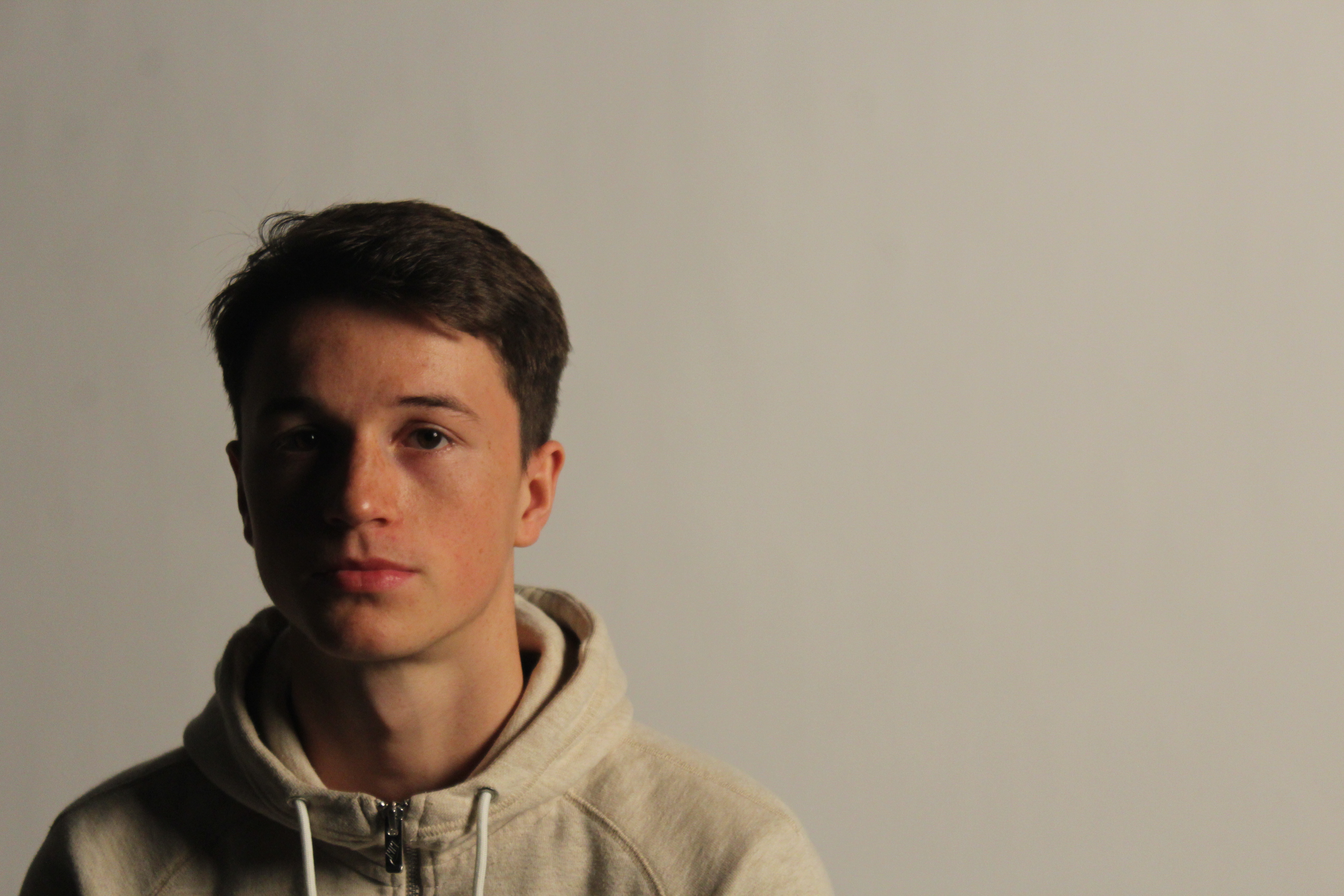
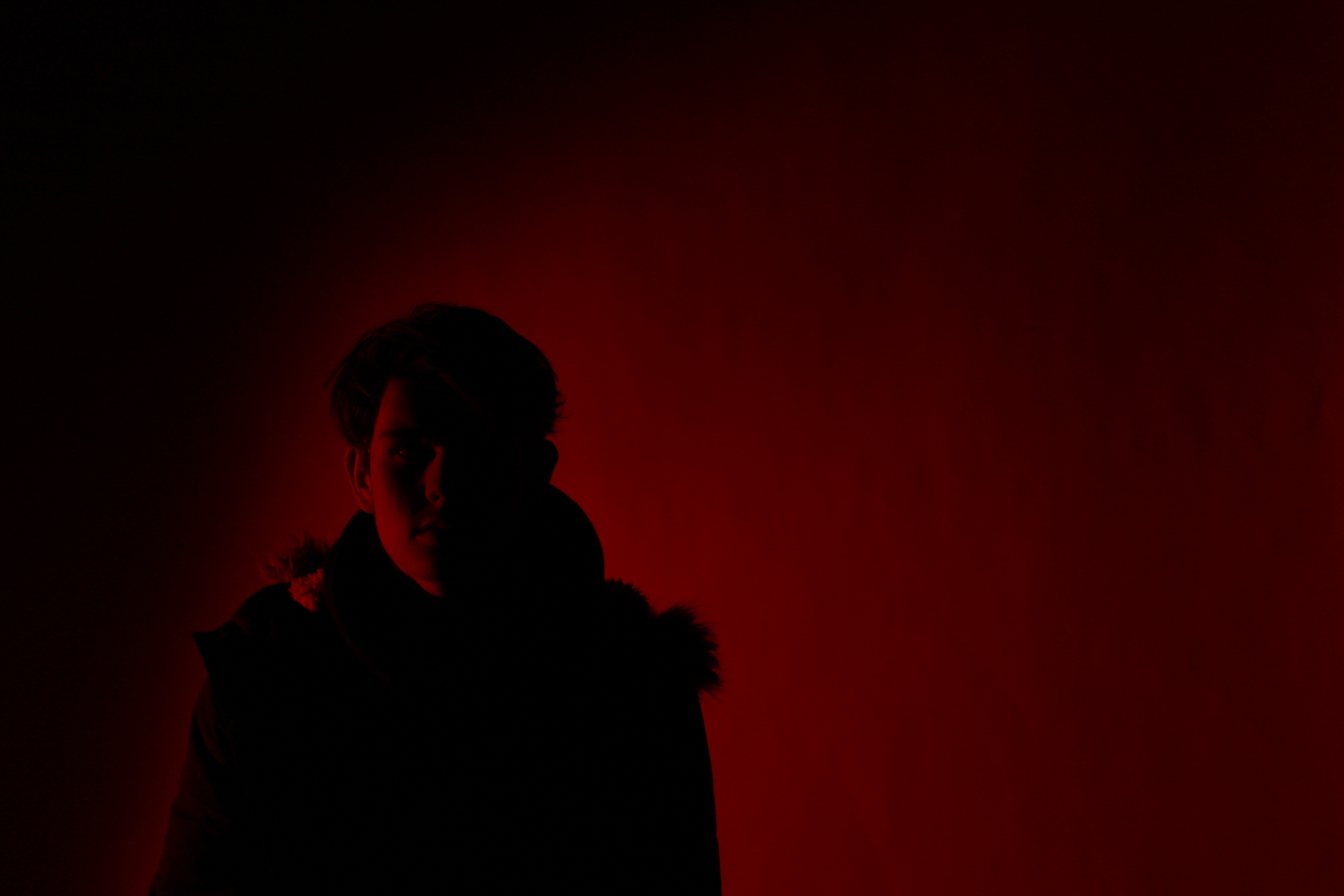

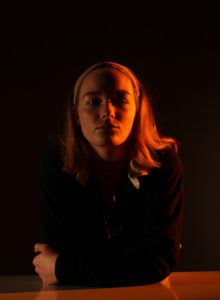




 I wanted to apply this to an image of mine to see the effects that could be made. These were my steps:
1) Navigate to the selection bar on the left, and pick the burn tool.
I wanted to apply this to an image of mine to see the effects that could be made. These were my steps:
1) Navigate to the selection bar on the left, and pick the burn tool. 2) Select a suitable size for the brush to match the face, and go over the parts of the face I want to darken once.
2) Select a suitable size for the brush to match the face, and go over the parts of the face I want to darken once. 3) Go back to the bar on the left and select the dodge tool instead, from there I lightened the parts of the image I wanted to have a clear contrast from the darkness.
3) Go back to the bar on the left and select the dodge tool instead, from there I lightened the parts of the image I wanted to have a clear contrast from the darkness.